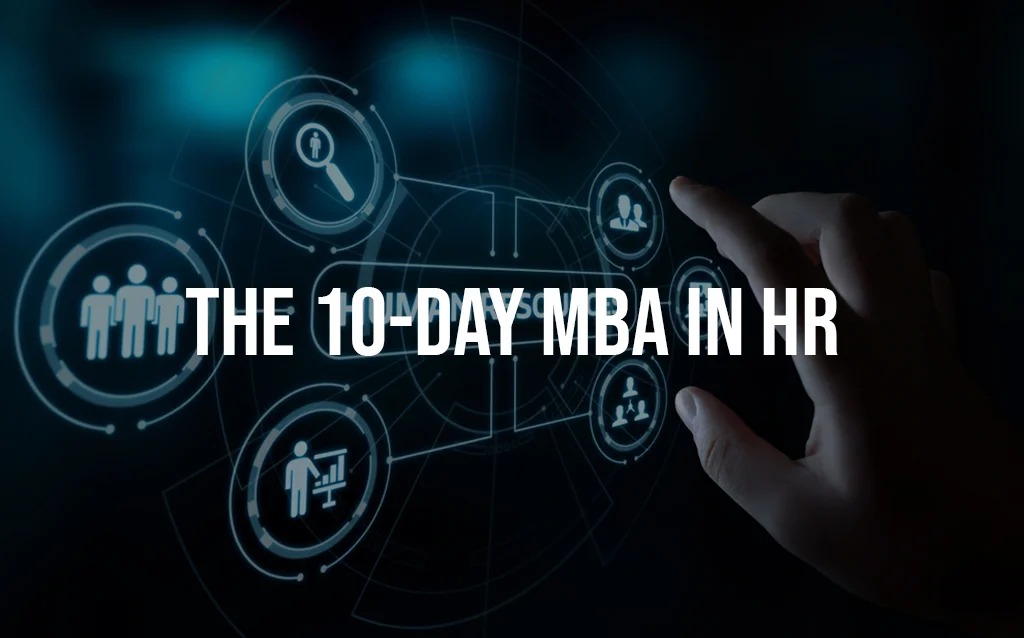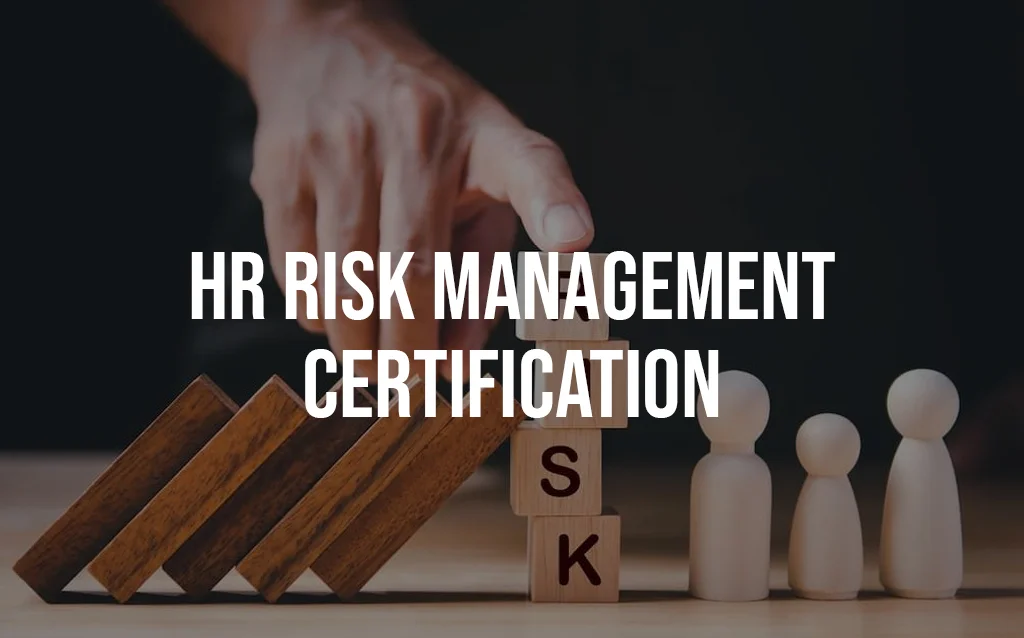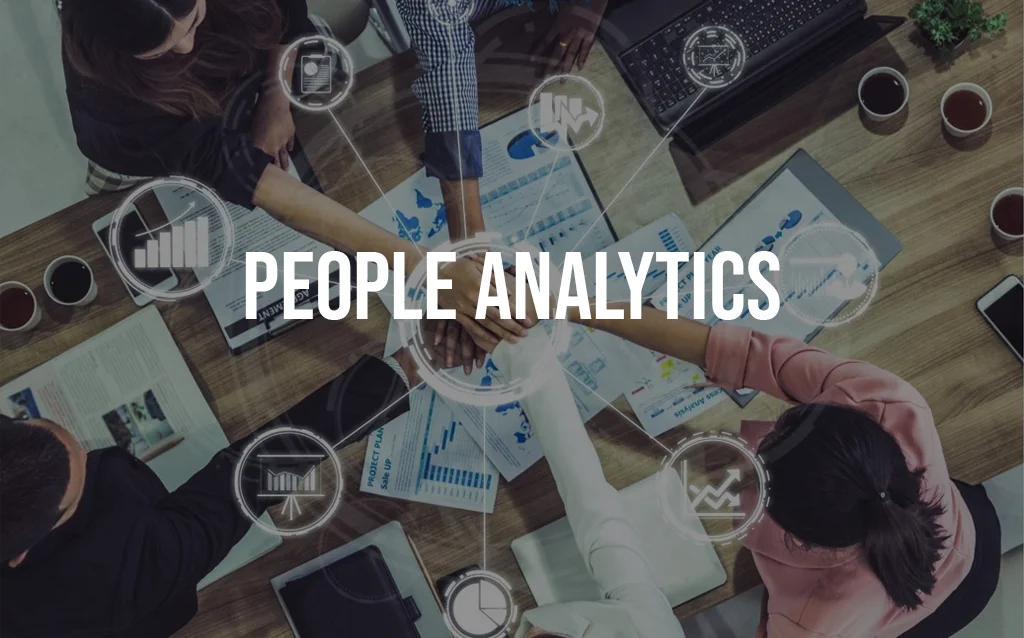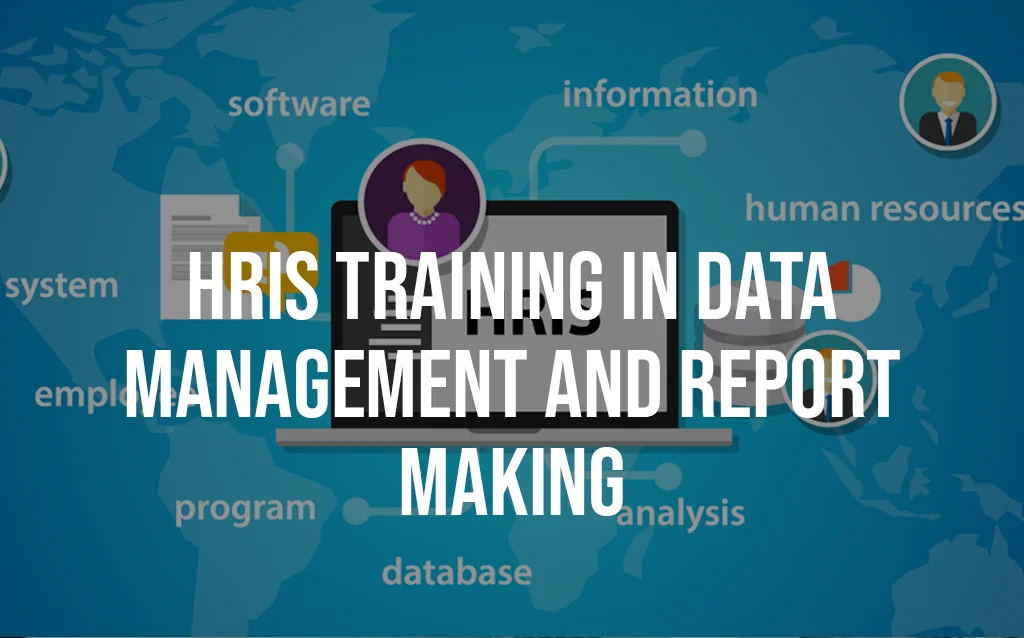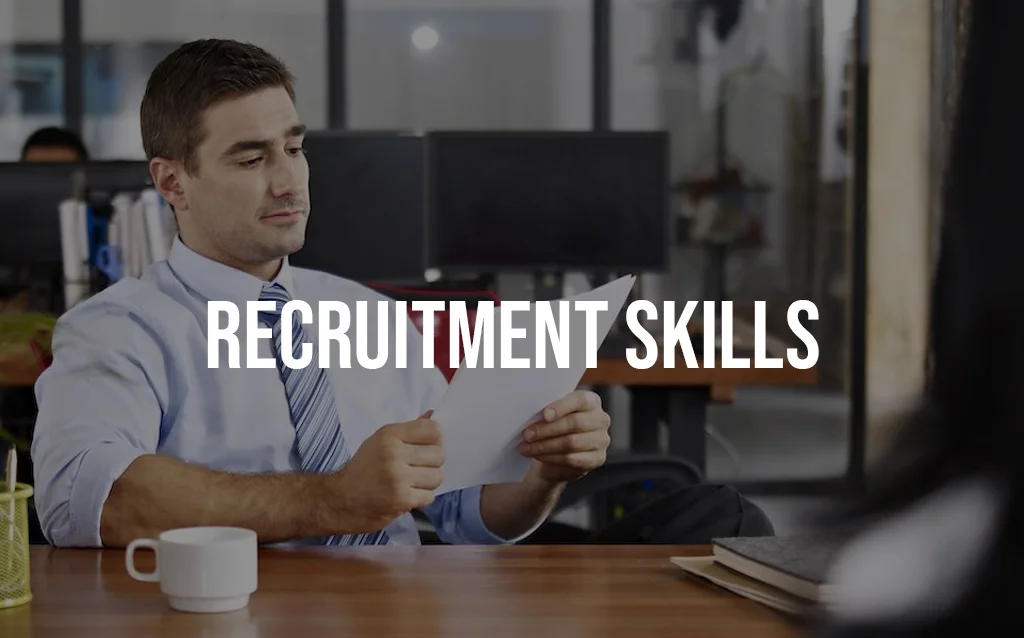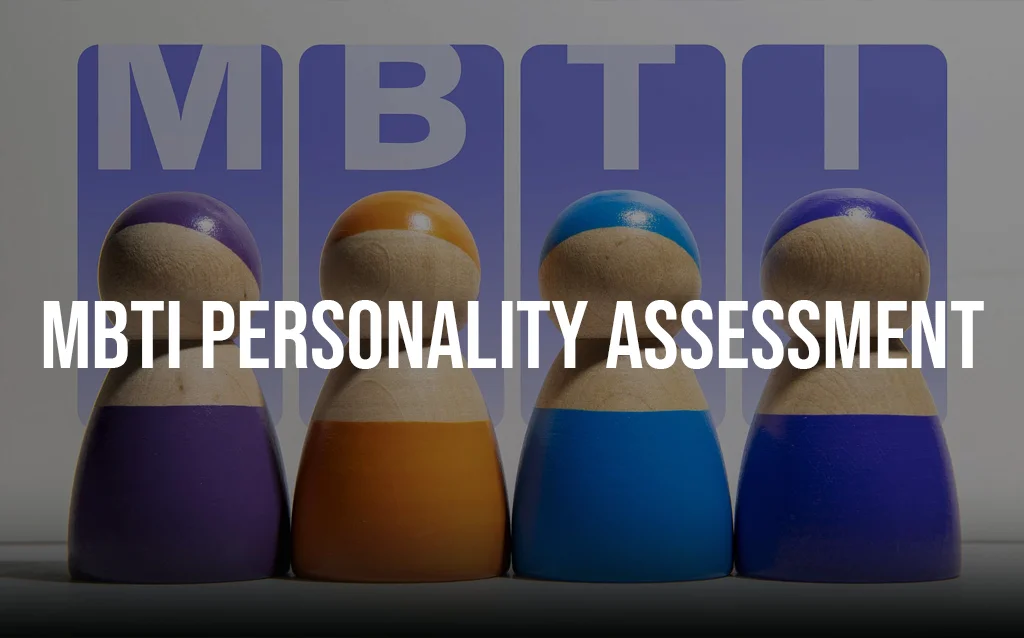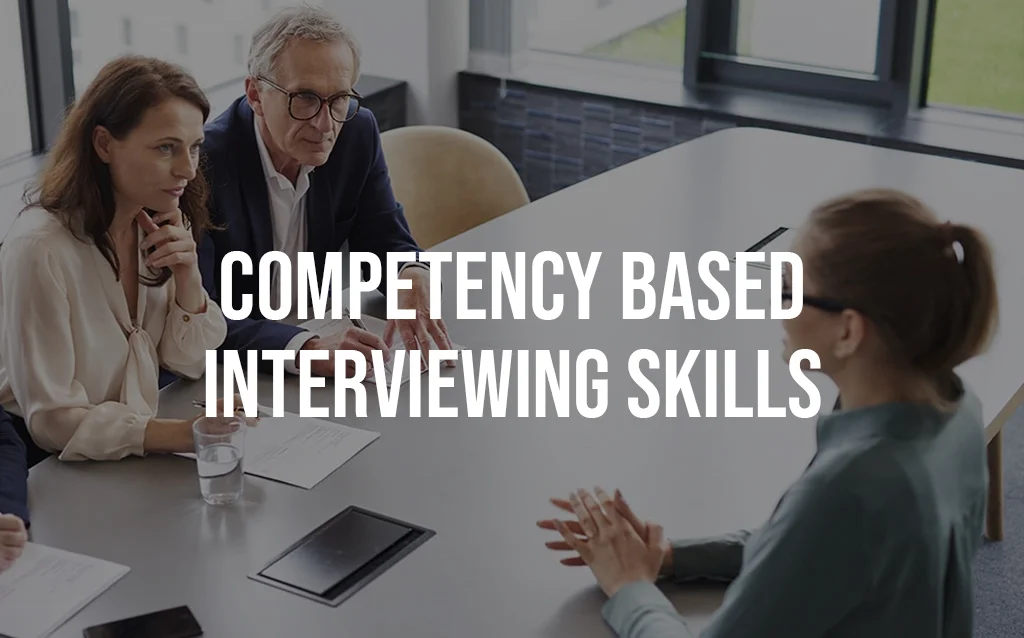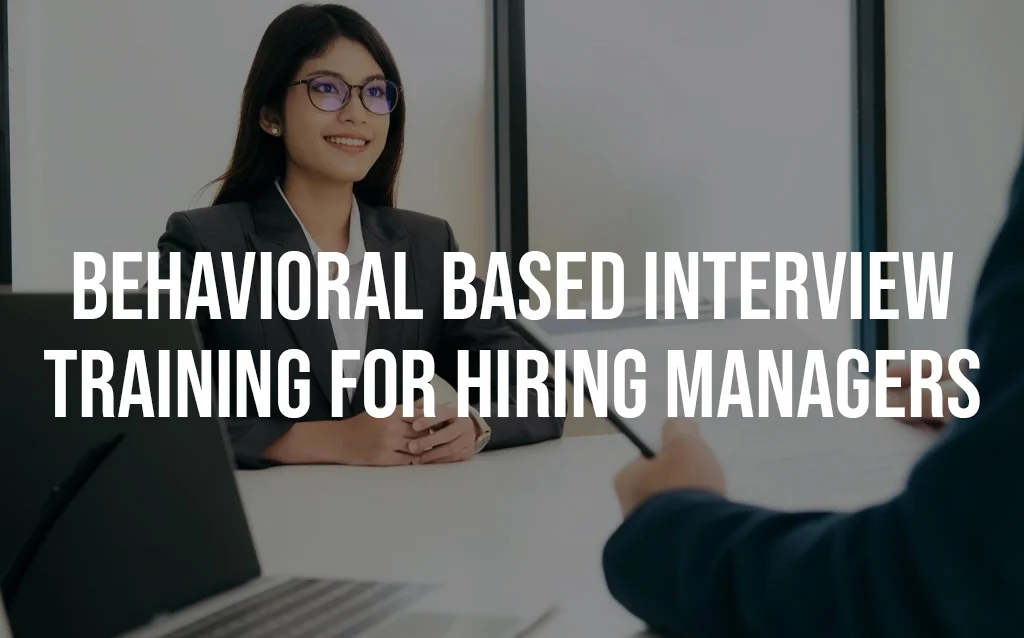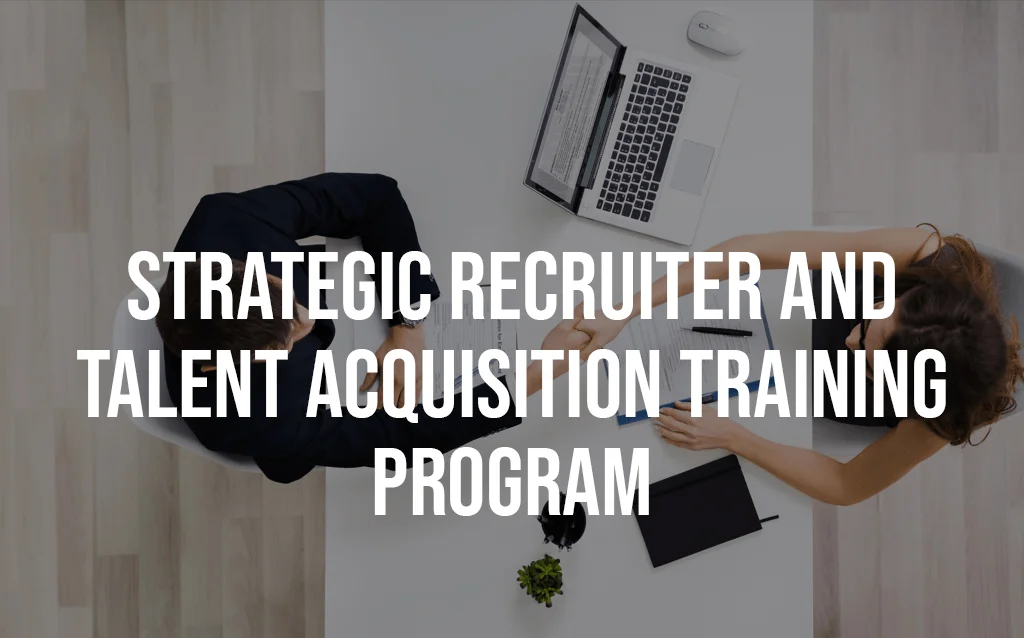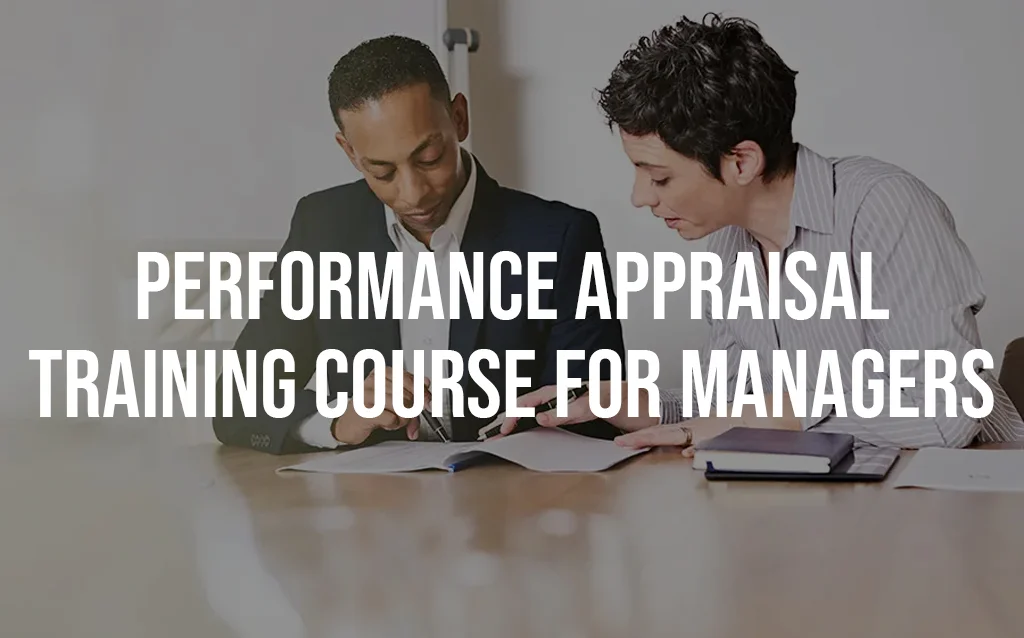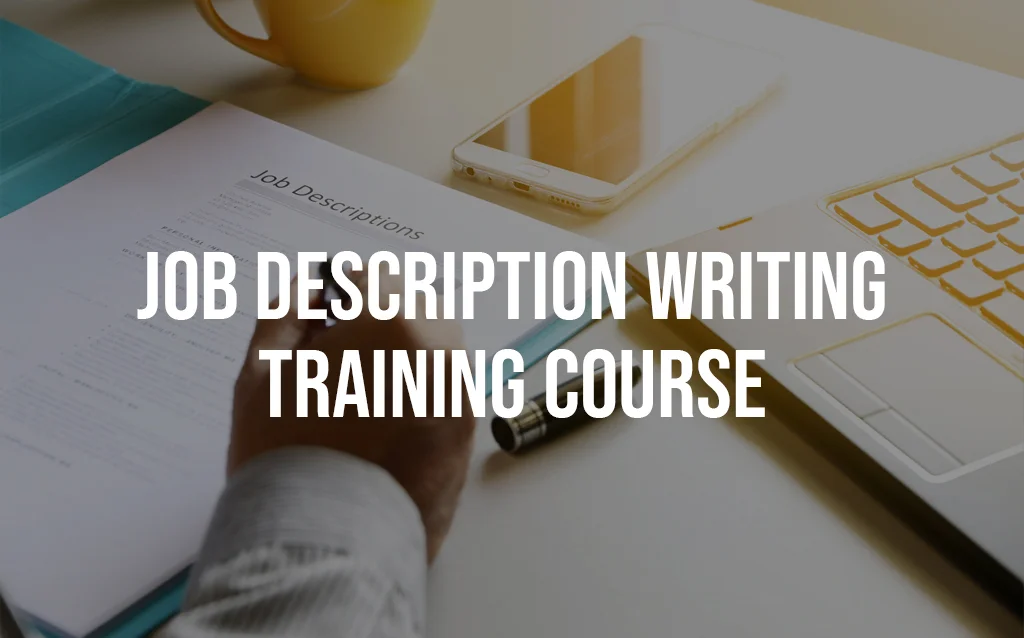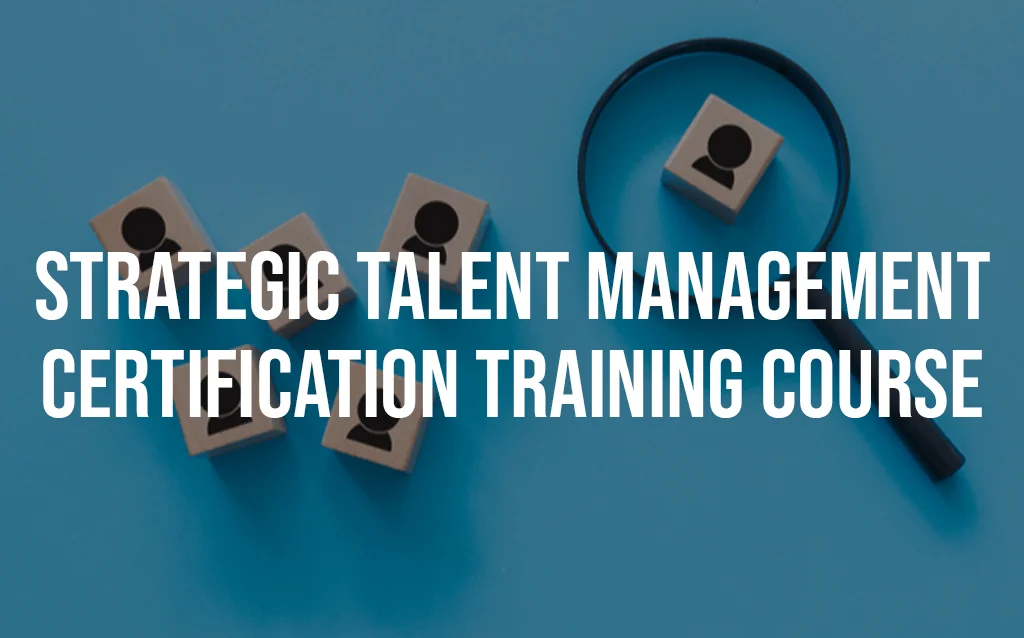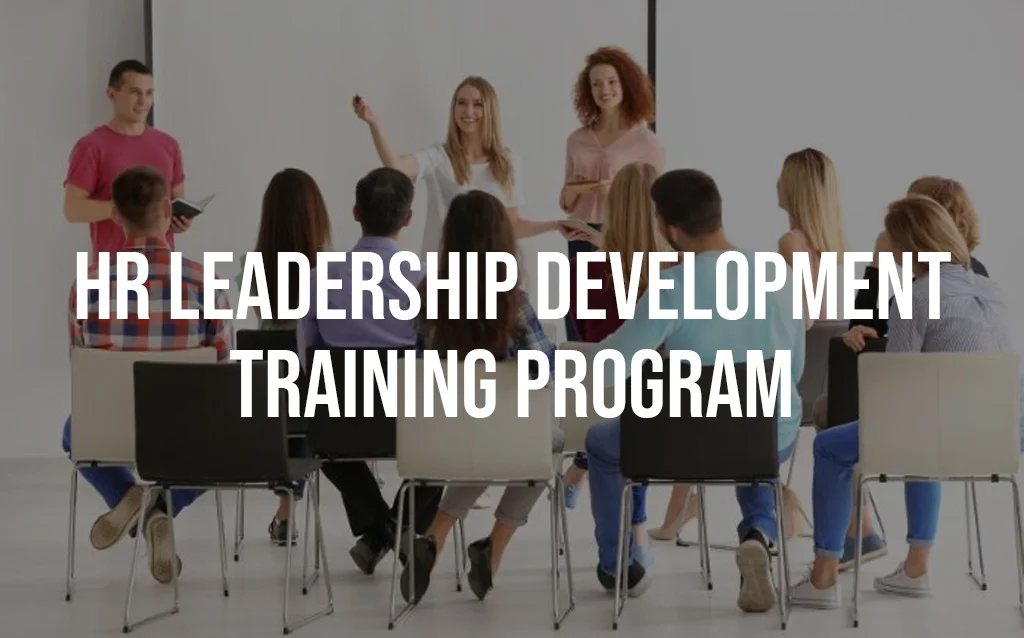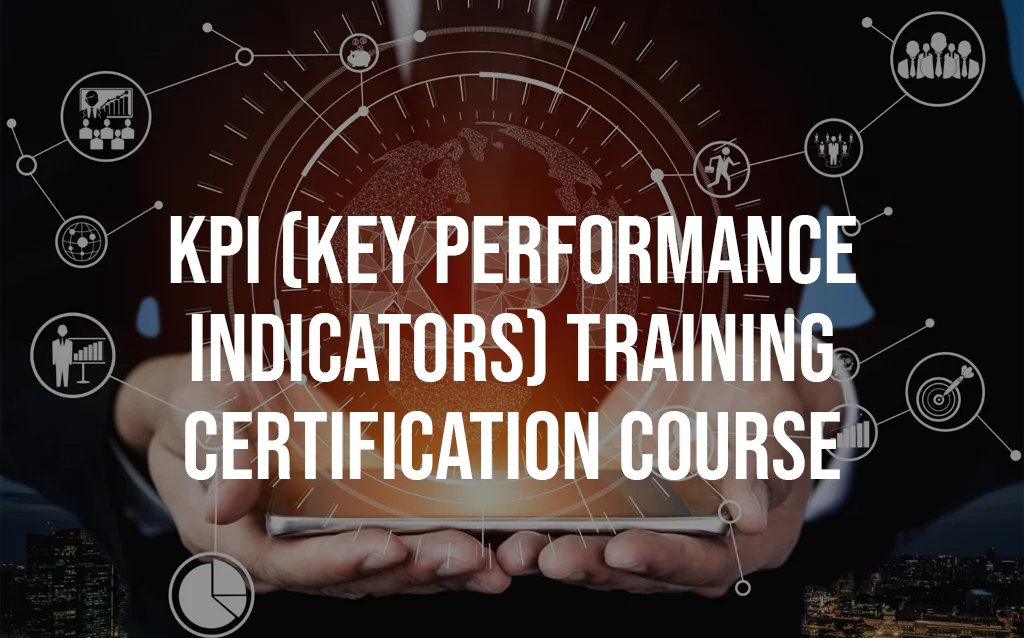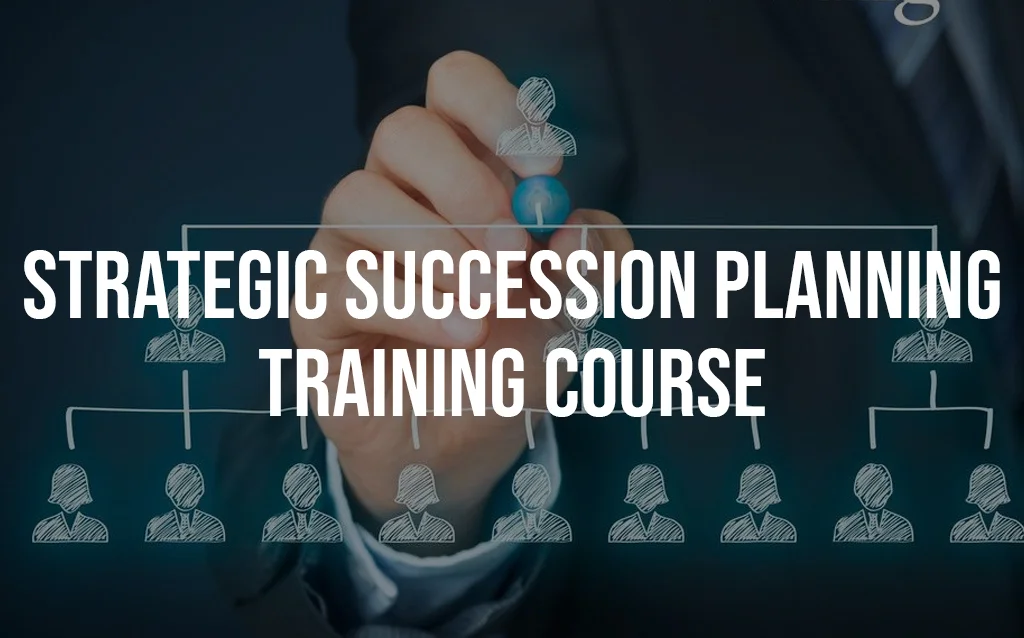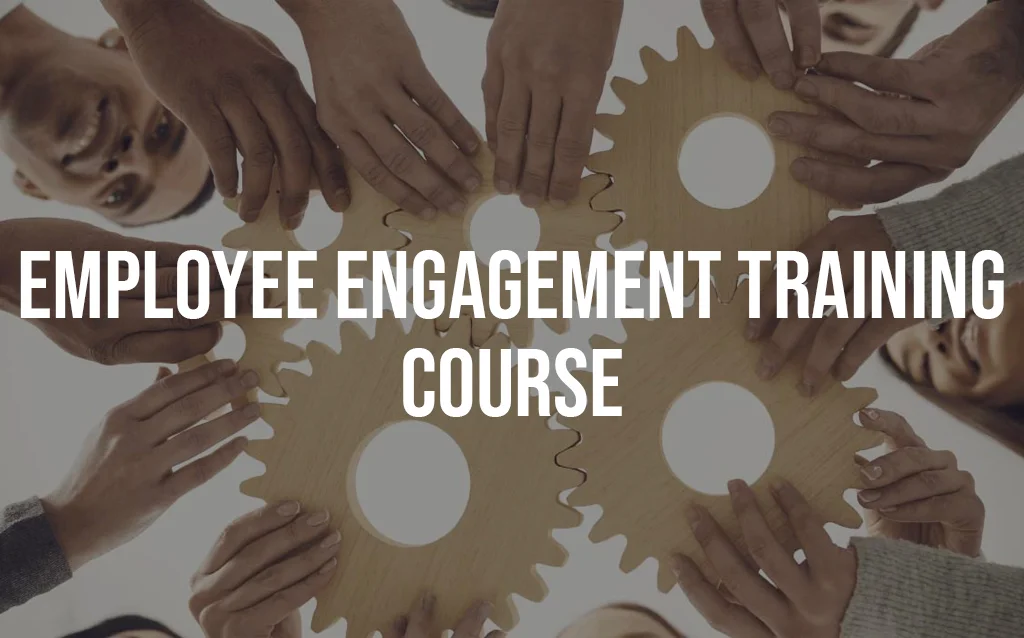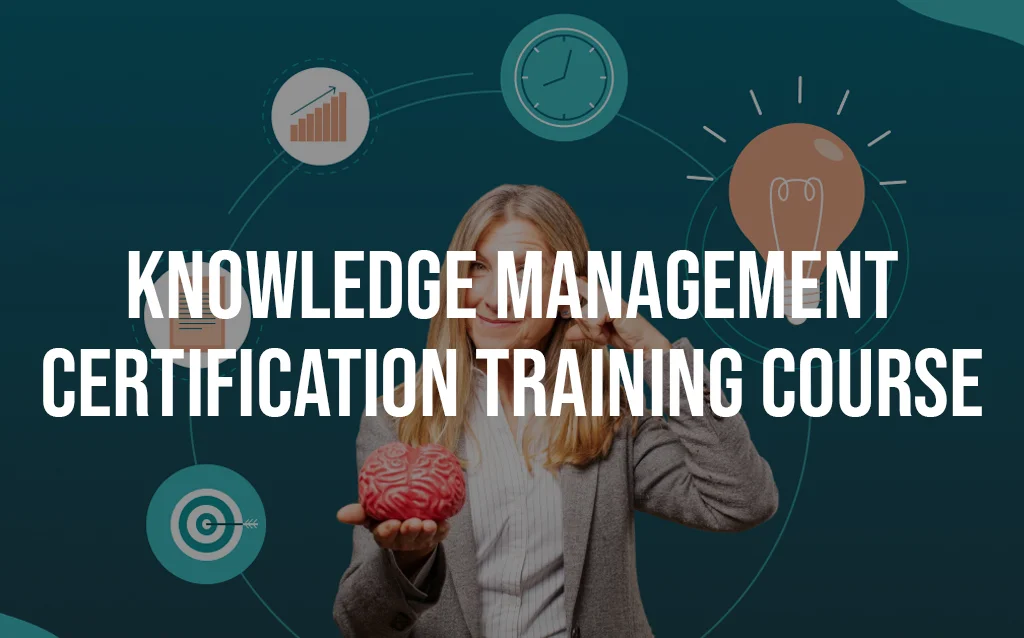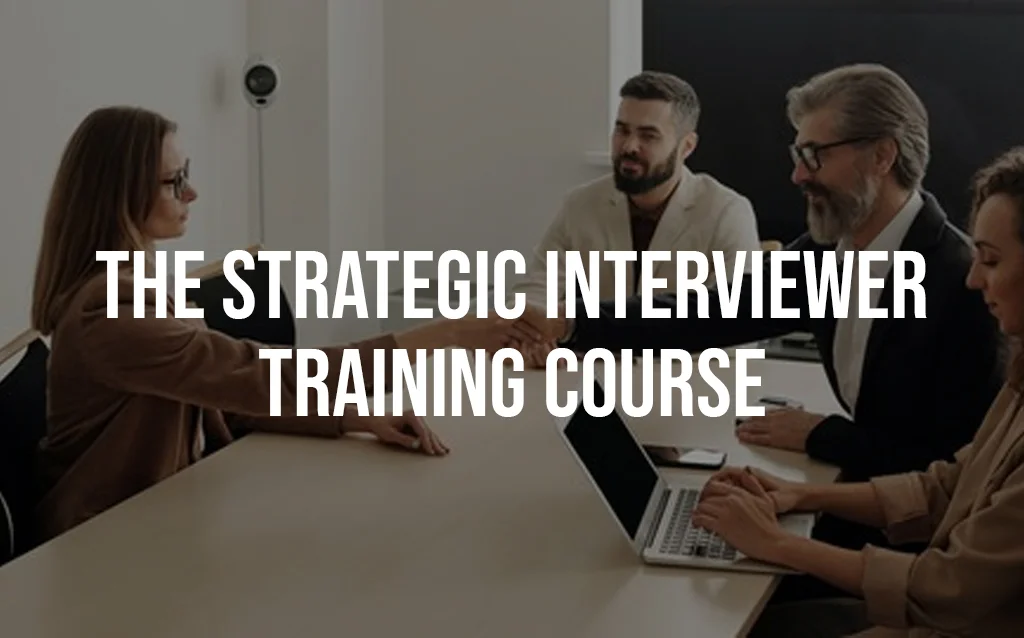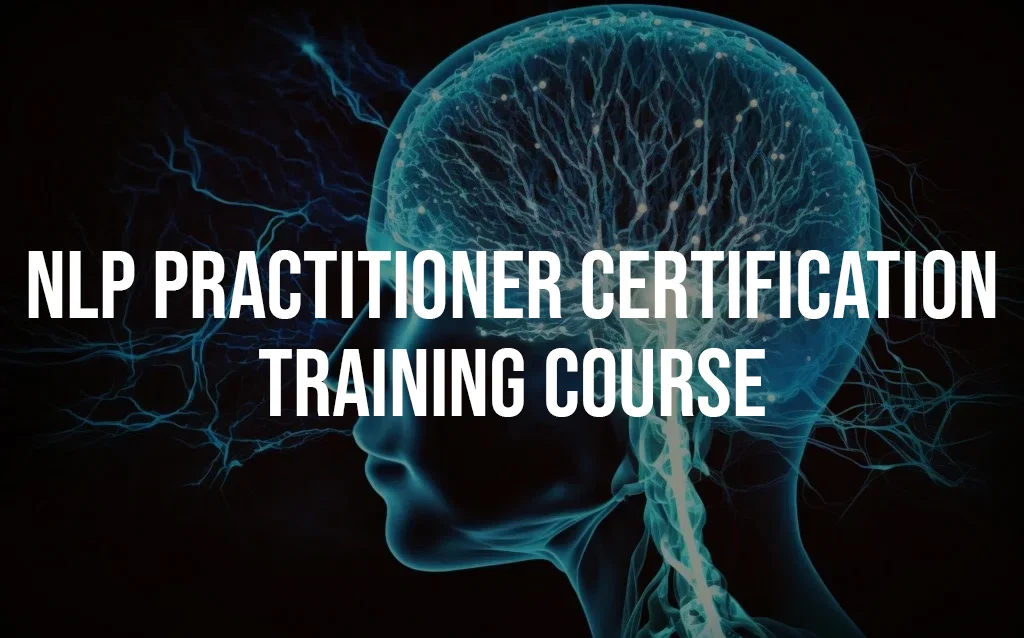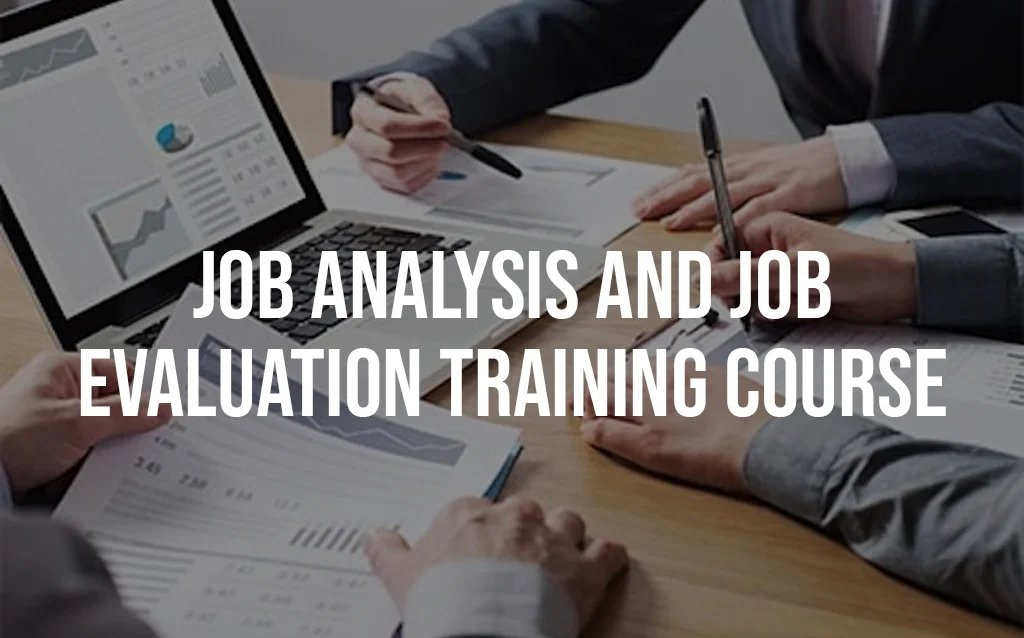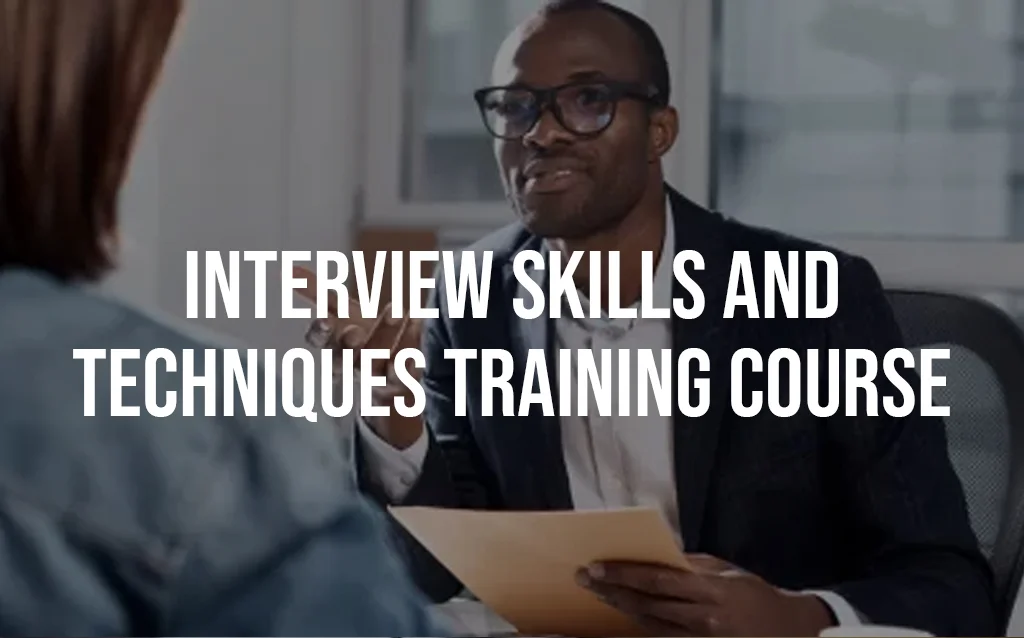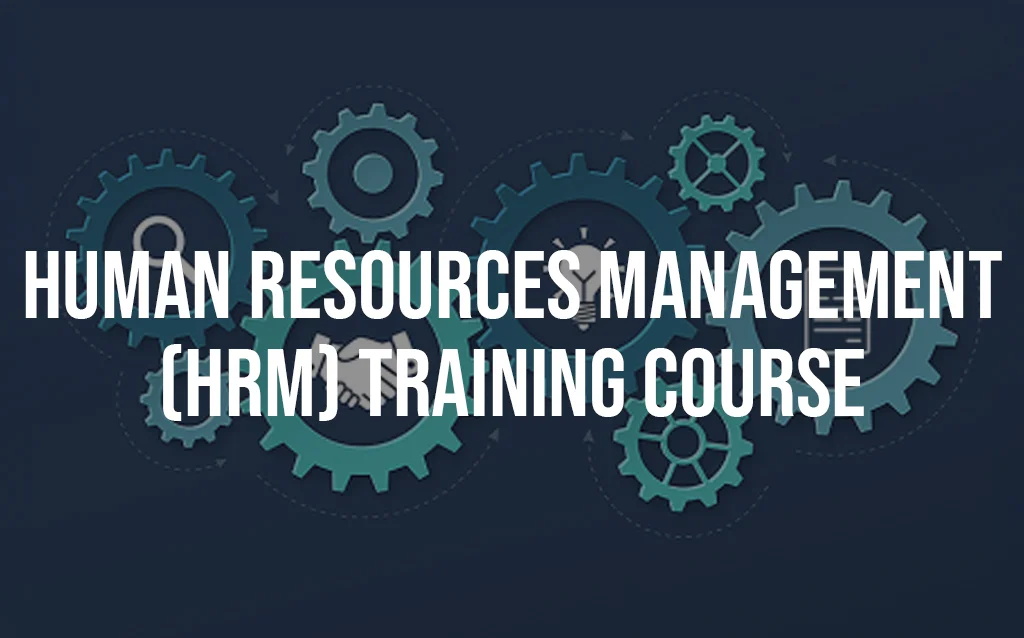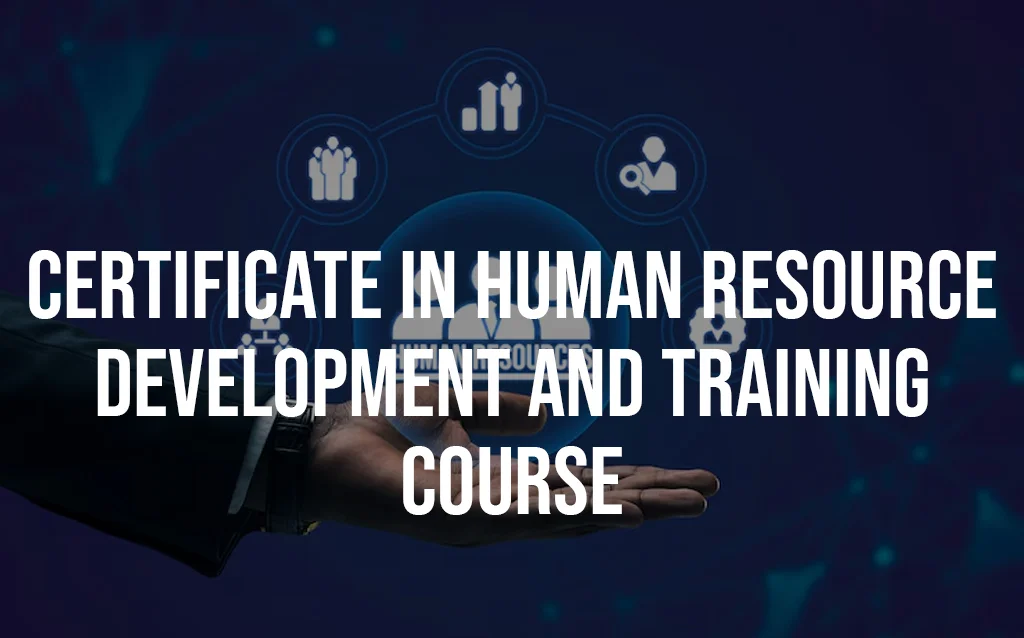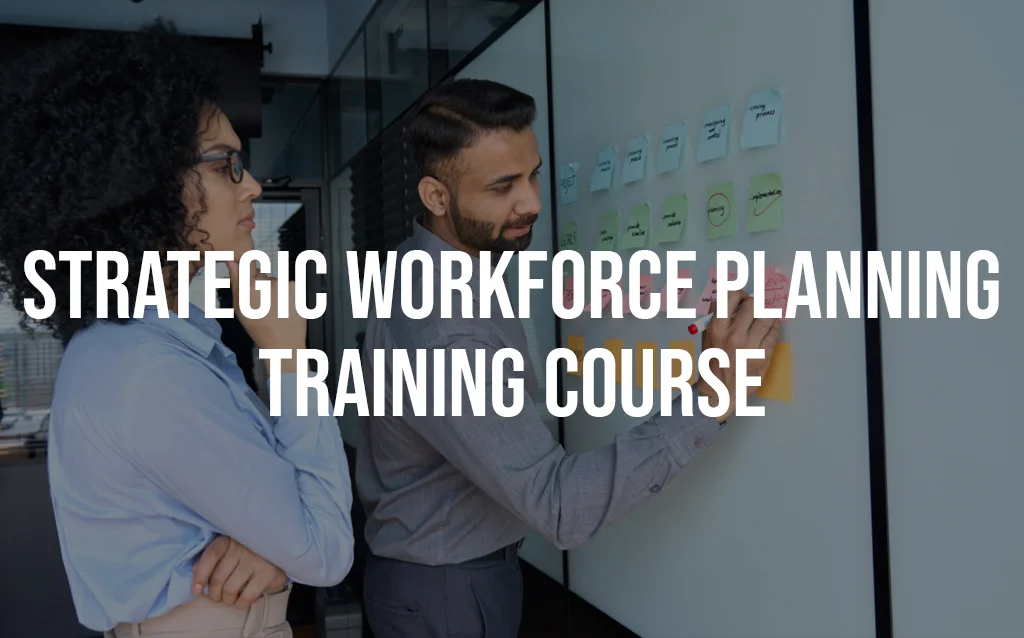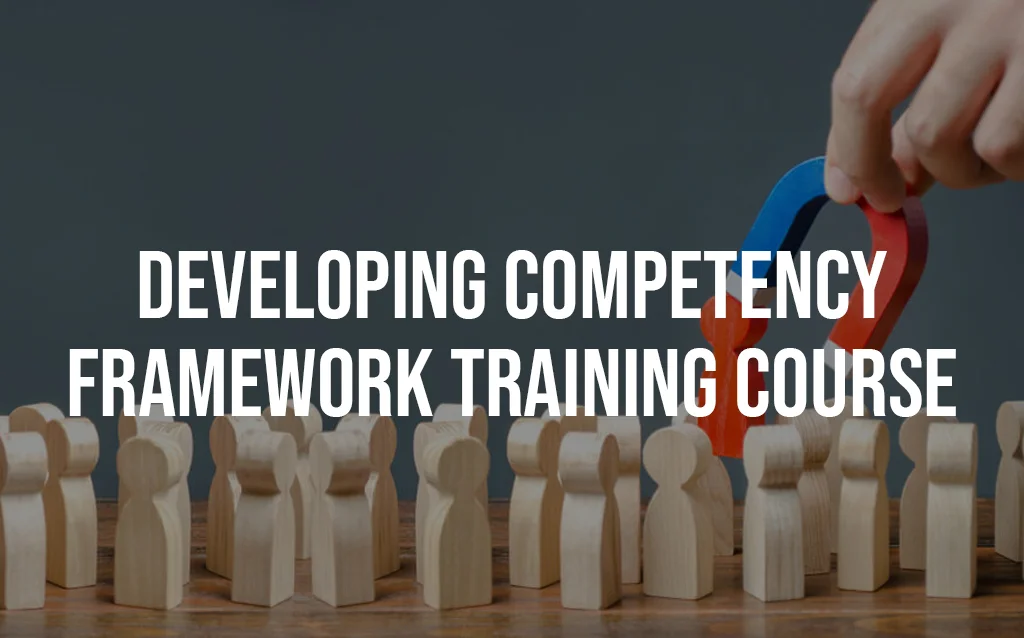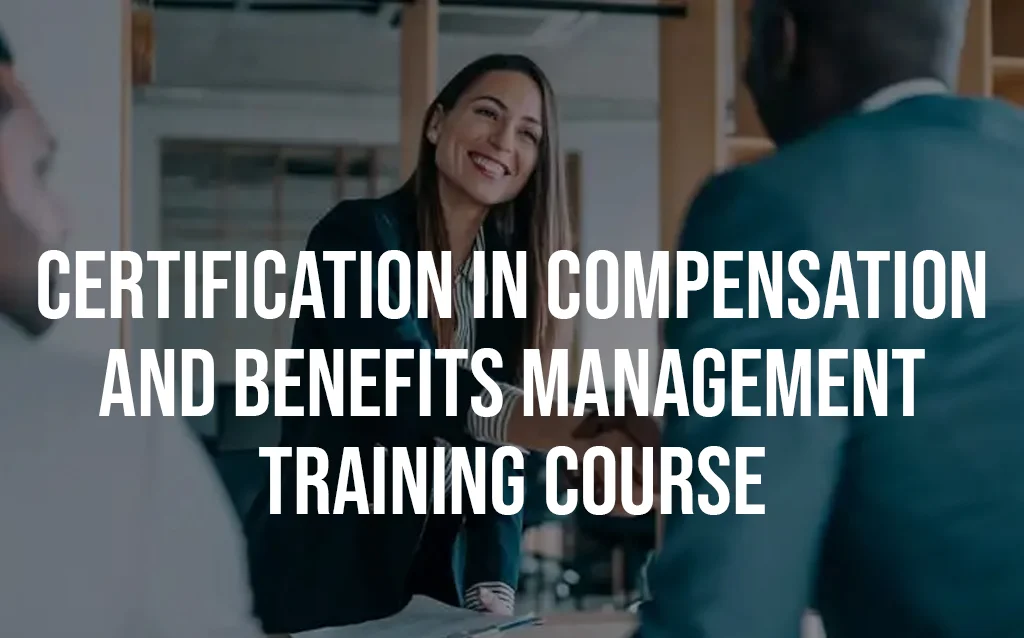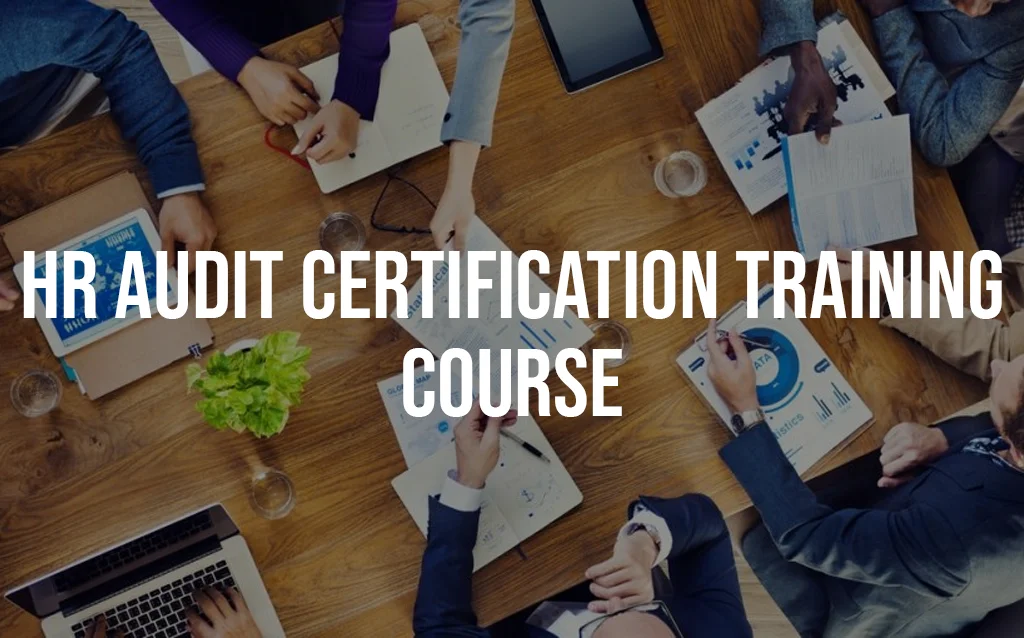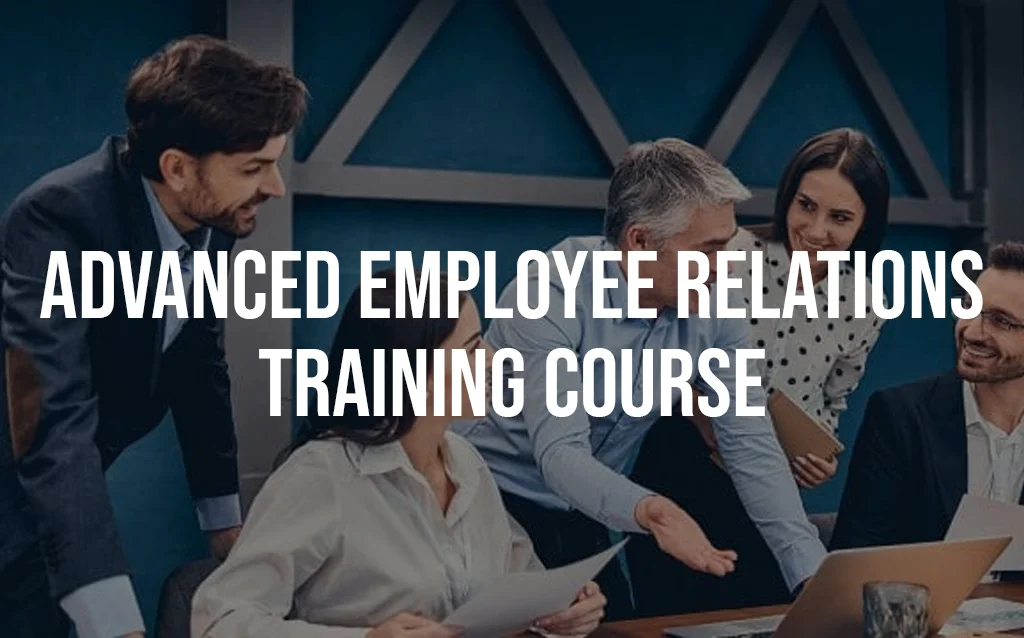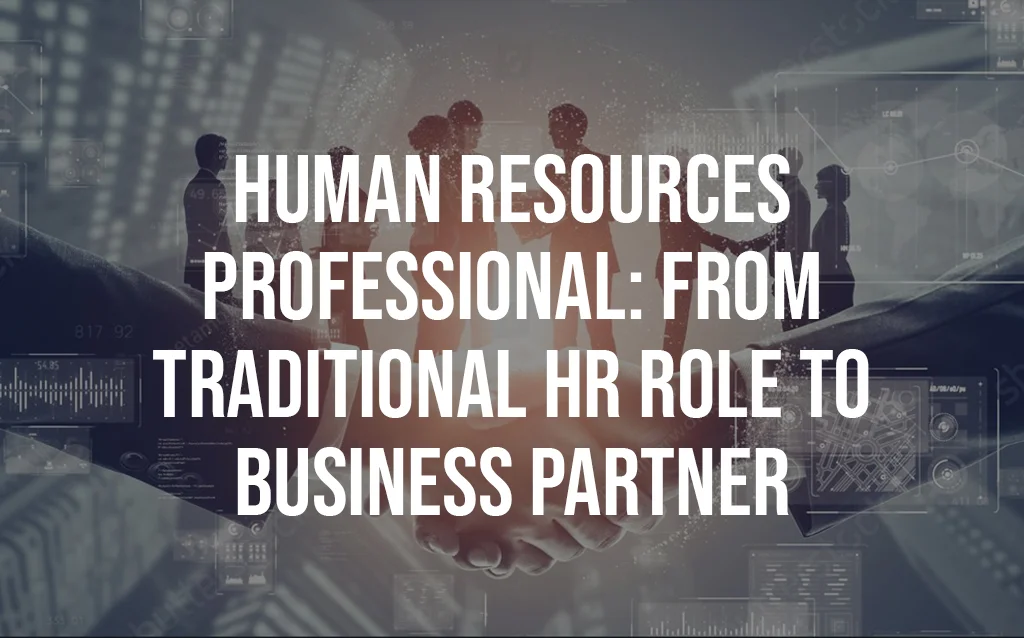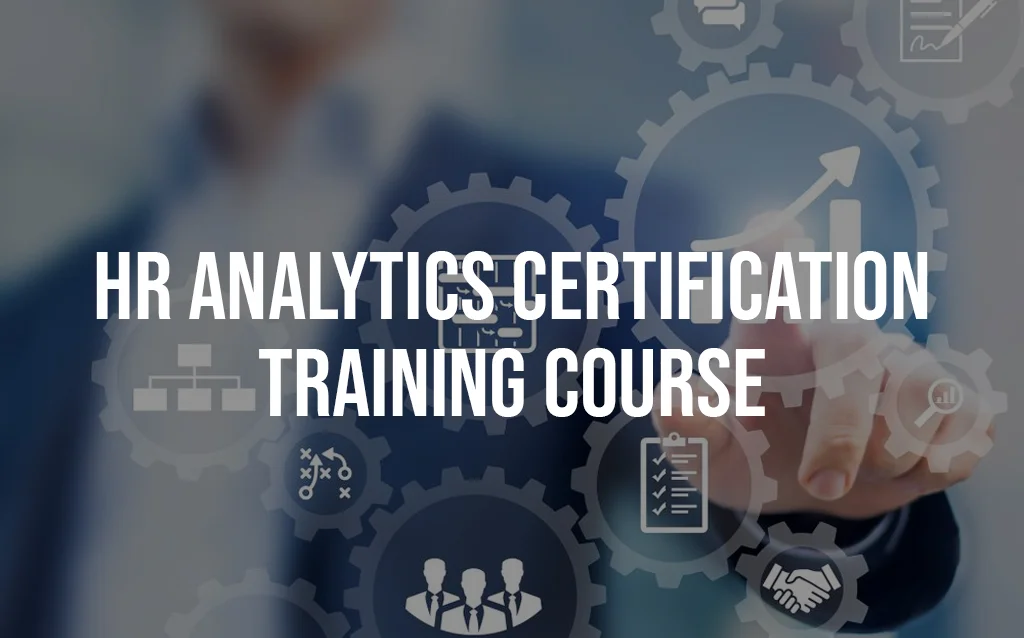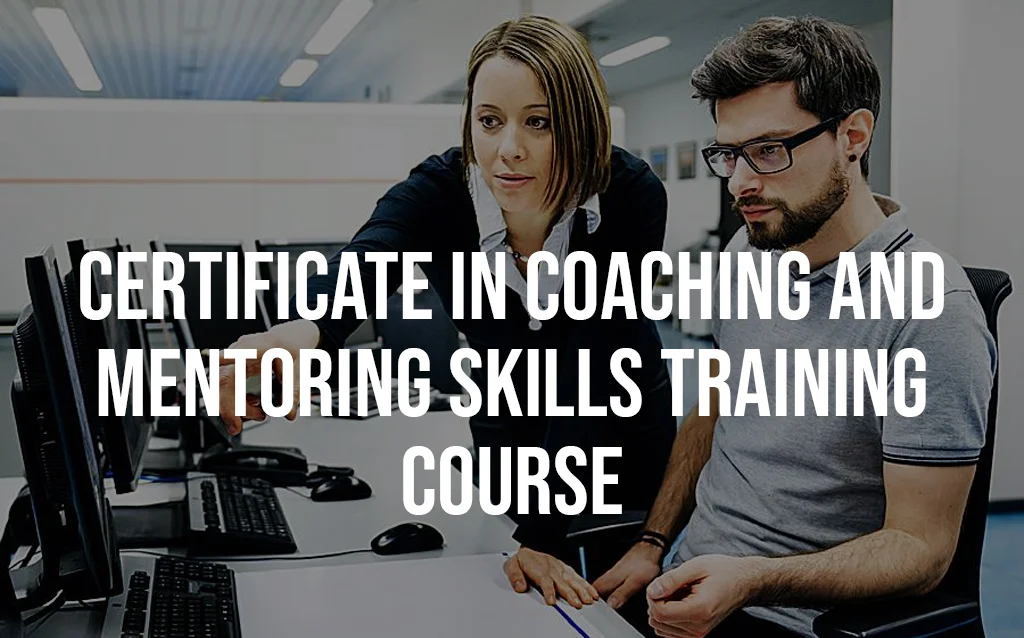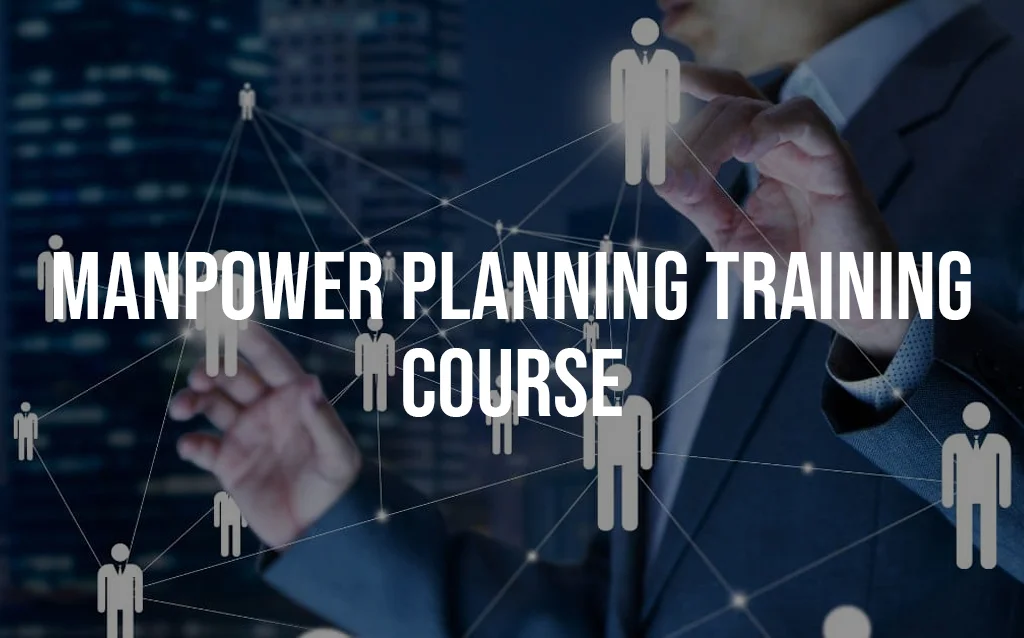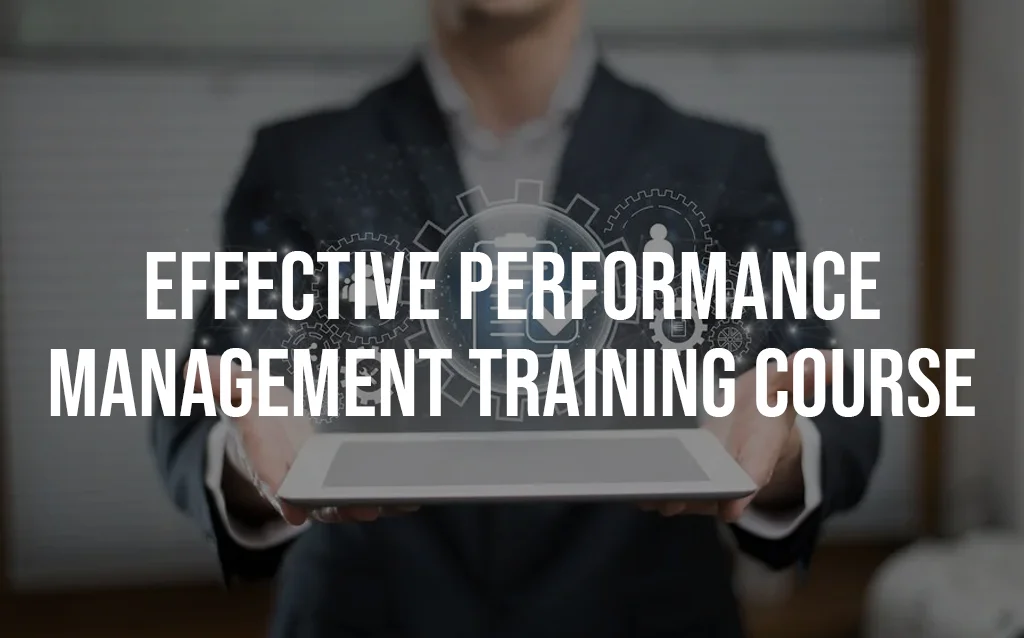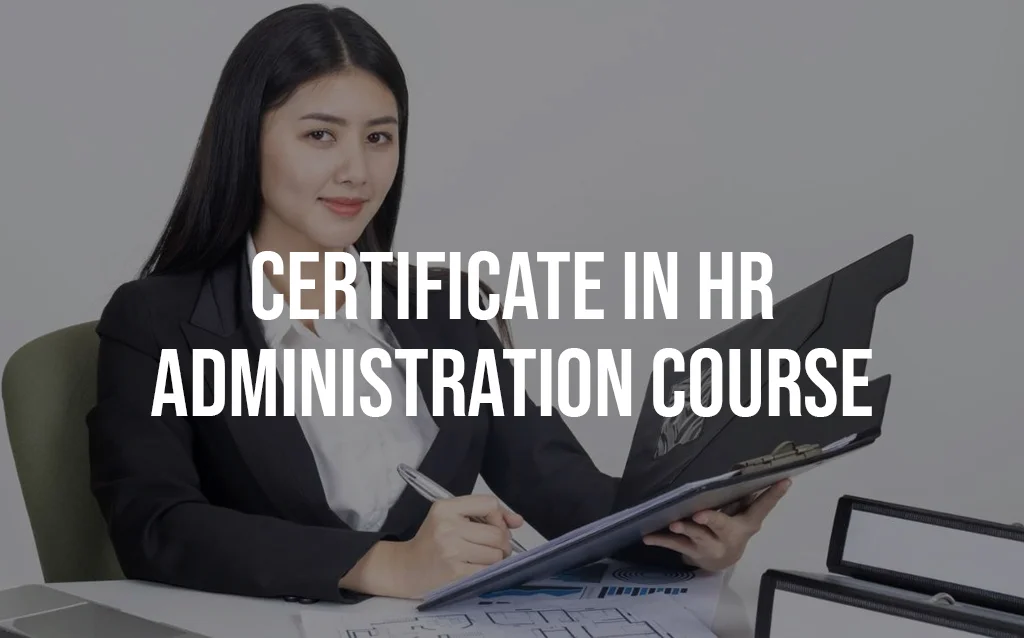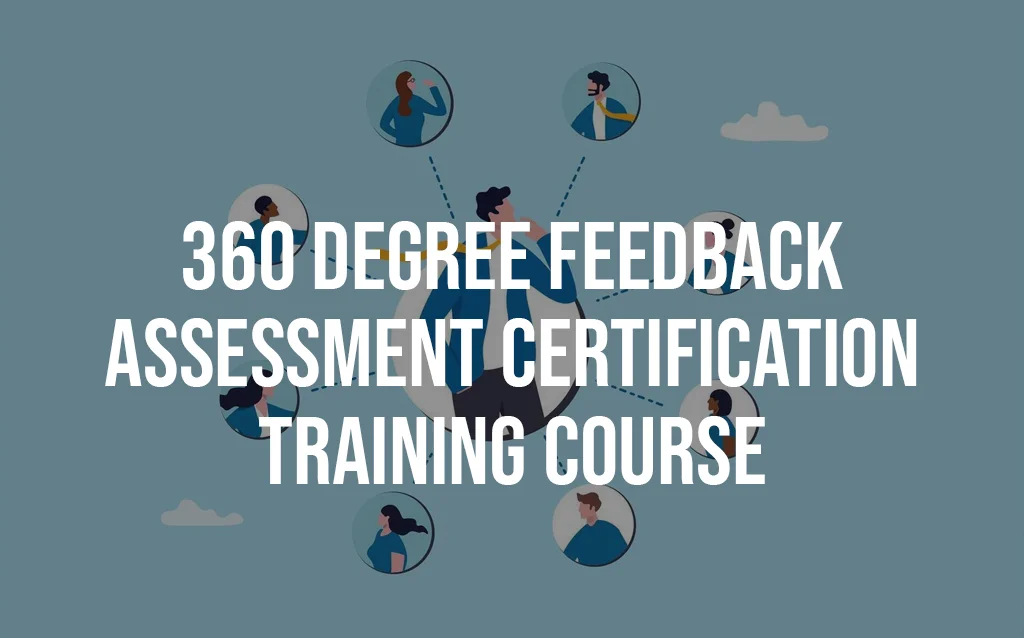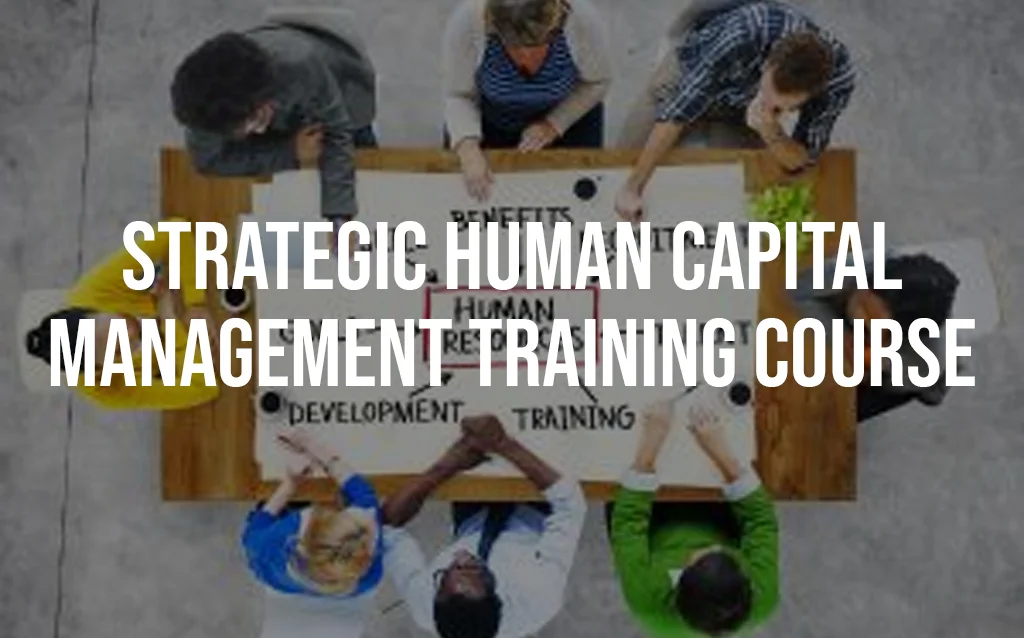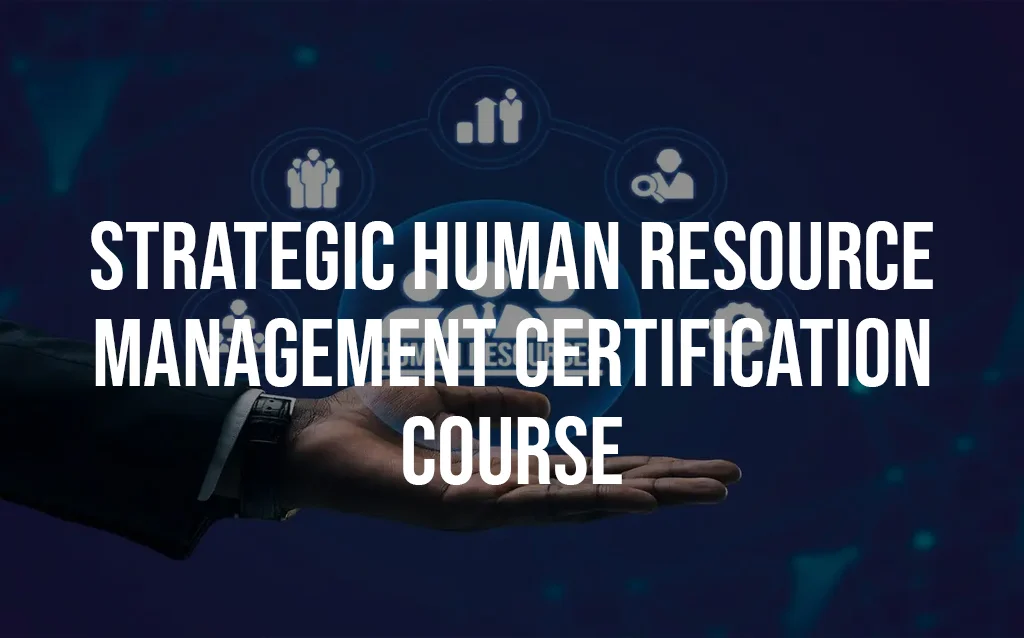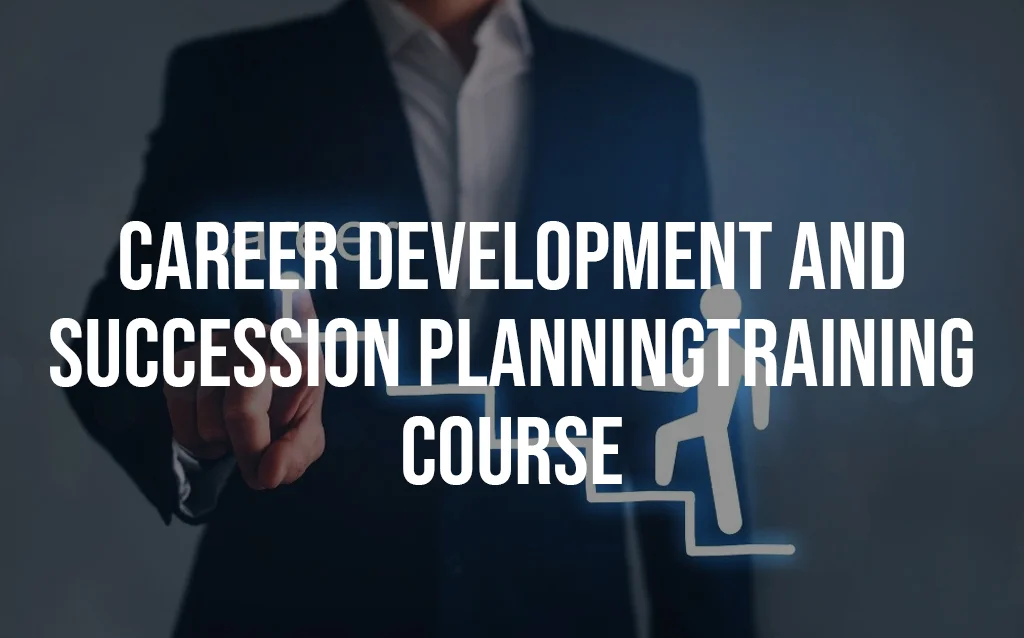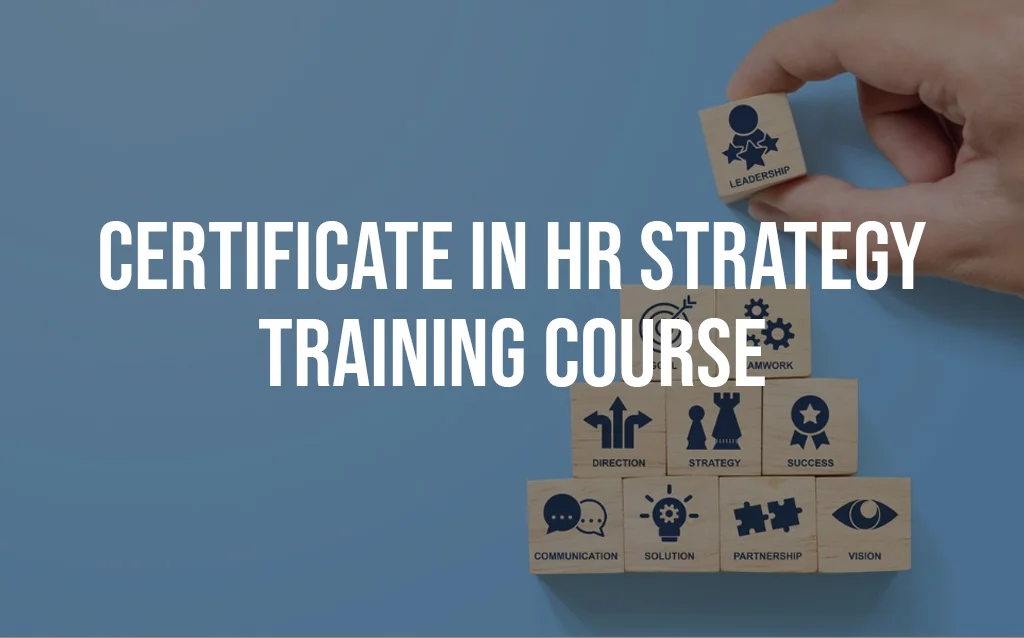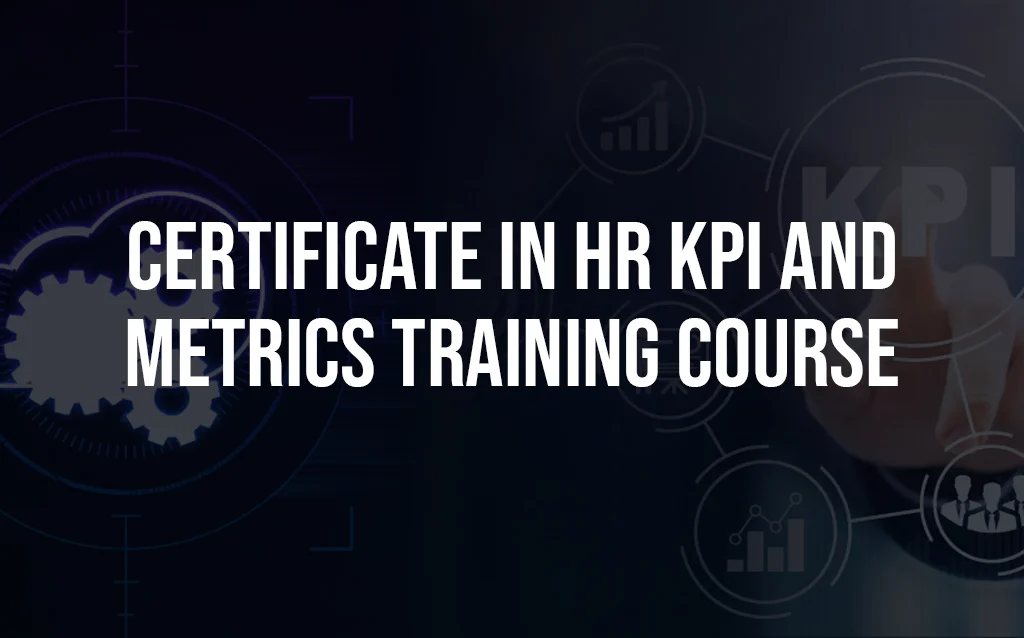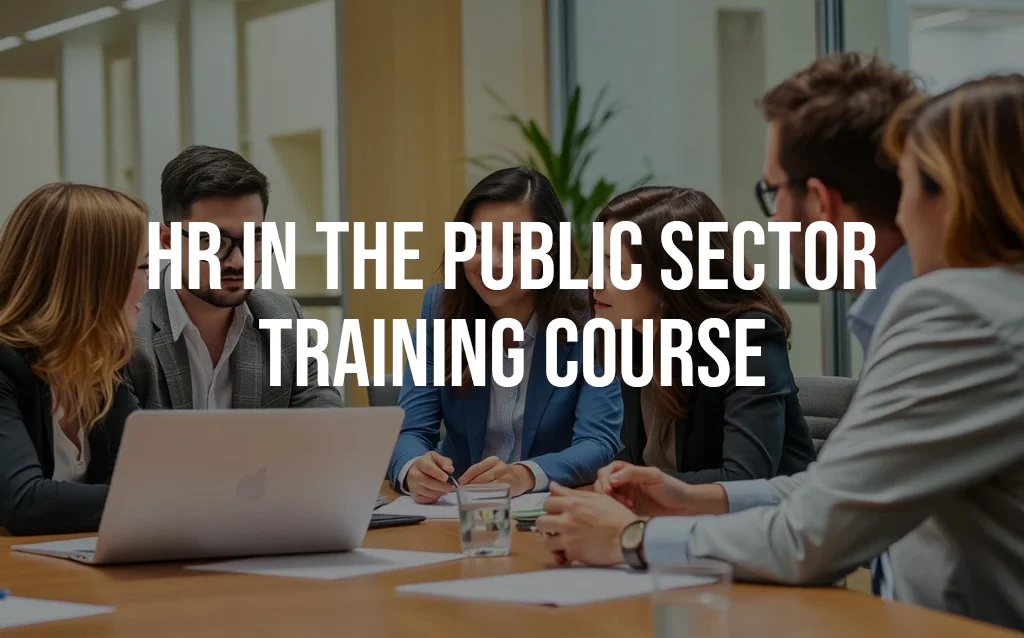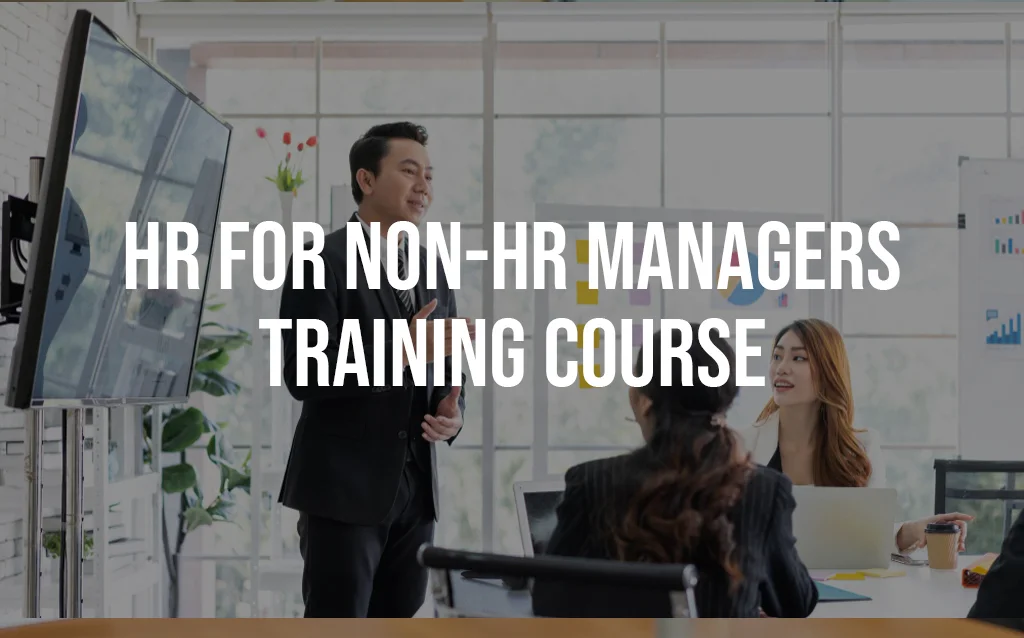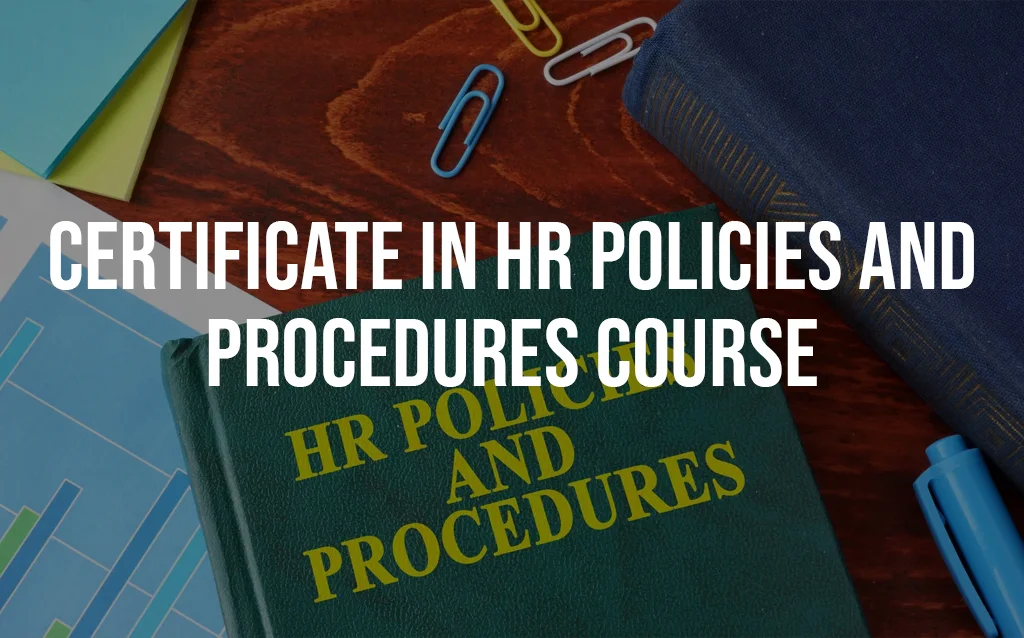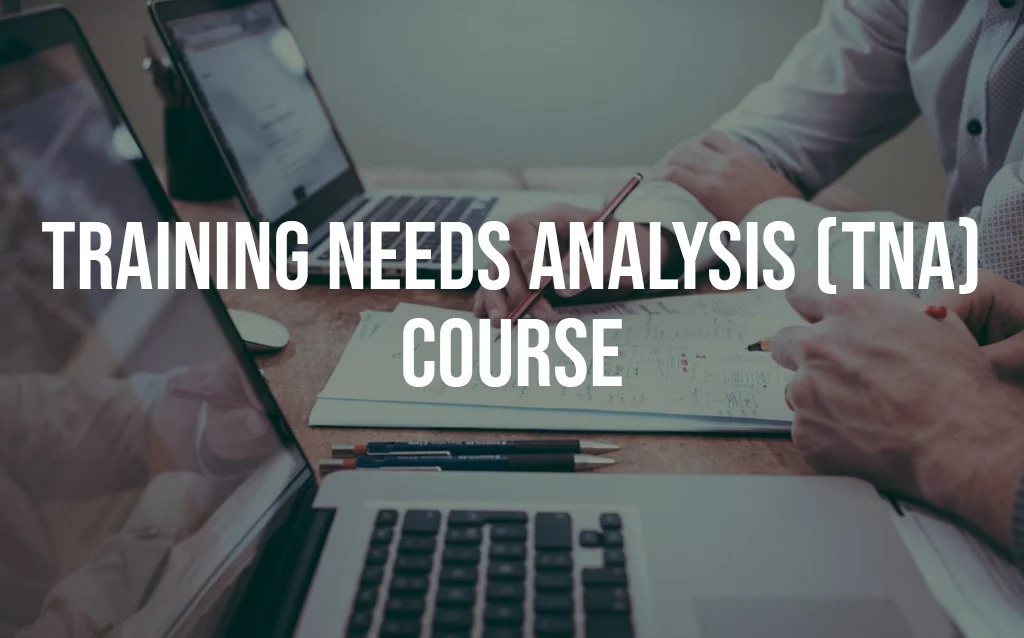- Modul 1 : Basics of MBA in HR
- Modul 2 : Functions of HR
- Modul 3 : Organisational Learning and Strategies
- Modul 4 : Change Leadership
- Modul 5 : Basics of Finance
- Modul 6 : Human Capital and Human Resource Management
- Modul 7 : Performance Management and Rewards and
Recognition - Modul 8 : Recruitment, Training and Development
- Modul 9 : Empowerment, Engagement and Team Building
- Modul 10 : Compensation and benefits
- Modul 11 : FAQ’s, Role plays, Case studies and Discussions
- Modul 1 : Introduction to HR Risk Management
- Modul 2 : Identifying and Analysing Risk
- Modul 3 : Managing Risk
- Modul 4 : Evaluating Risk Management
- Modul 5 : Human Capital Risks
- Modul 6 : Developing HR Metrics
- Modul 7 : Evaluating HR Management Processes and Practices
- Modul 8 : HR Audits and Models
- Modul 9 : Sources of HR Risk
- Modul 10 : FAQ’s, Roleplays, Case studies and Discussions
- Modul 1 : Basics of Planning Retirement
- Modul 2 : Retirement Planning
- Modul 3 : Planning for lifestyle changes and career transition
- Modul 4 : Retirement Planning Process
- Modul 5 : Stages of Retirement
- Modul 6 : Government and Employer Retirement Plan
- Modul 7 : Financial Planning and Options for Retiremen
- Modul 8 : Life after Retirement
- Modul 9 : Thinking Beyond Funds and Bonds
- Modul 10 : Opportunities for Retirees
- Modul 11 : Employment Stability and Career Development
- Modul 12 : FAQ’s, Case studies, and Discussions
- Modul 1 : Basics of People Analytics
- Modul 2 : Importance of People Analytics Skills
- Modul 3 : People Analytics Cycle
- Modul 4 : Operational Analysis
- Modul 5 : Strategizing and Quantifying People Analytics
- Modul 6 : People Analytical Skills
- Modul 7 : Anatomy of Statistical Modelling
- Modul 8 : Applying People Analytics
- Modul 9 : People Analytical Challenges
- Modul 10 : Tools Used for People Analytics
- Modul 11 : FAQ’s, Data Analysis Tools and Hands-on Practice, Case
Studies and Discussions
- Modul 1 : Introduction to Industrial and Labour Relations & Labour
and Trade Union - Modul 2 : Scope of Industrial Relations
- Modul 3 : Factors of Industrial Relation
- Modul 4 : Aspects of Labour Relations
- Modul 5 : Trade Unions in Transformation
- Modul 6 : Fundamentals of Labour Laws for Trade Union Leaders
- Modul 7 : Aspects of Labour Movement
- Modul 8 : Measure to Strengthen the Trade Union
- Modul 9 : Purpose of Trade Union
- Modul 10 : Process of Labour Relation
- Modul 11 : The Theory of Bureaucratic Management by Max Weber
- Modul 12 : FAQ’s, Case studies and Discussions
- Modul 1 : Basics of Human Resource
- Modul 2 : Responsibilities of HR
- Modul 3 : Five Main Areas of Work for HR
- Modul 4 : Recruitment and Selection Process Management
- Modul 5 : Training & Development Process
- Modul 6 : Performance Management System
- Modul 7 : Motivation and Employee Management
- Modul 8 : Payroll and Compensation Management
- Modul 9 : Employee Relations Management
- Modul 10 : Human Resource Policy and Procedure Management
- Modul 11 : FAQ’s, Roleplays, Case studies and Discussions
- Modul 1 : Basics of HRIS, Data Management and Report Making
- Modul 2 : Key Features of HRIS
- Modul 3 : Types of HRIS
- Modul 4 : Core Function of HRIS
- Modul 5 : Basic Components of HRIS
- Modul 6 : Advanced Components of HRIS
- Modul 7 : Data Management Process
- Modul 8 : Challenges of Data Management and Report Making
- Modul 9 : Implementing HRIS
- Modul 10 : Factors Affecting Effectiveness of HRIS
- Modul 11 : FAQ’s, Case studies and Discussions
- Modul 1 : Basics of Human Resource Management
- Modul 2 : Responsibilities of HR Manager
- Modul 3 : Importance of HR Manager
- Modul 4 : Functions of HR Manager / Functional Area of
HR Manager - Modul 5 : Goals of an HR Manager
- Modul 6 : Understanding Organisations Culture
- Modul 7 : Aligning Values to Your Organization’s Success
- Modul 8 : Skills Required for an HR Manage
- Modul 9 : HR Manager’s Daily Tasks
- Modul 10 : Sectors where HR Manager’s Serve
- Modul 11 : FAQ’s, Roleplays, Case studies, Discussions, and Projects
- Modul 1 : Basics of HRBP
- Modul 2 : Duties and Responsibilities of HRBP
- Modul 3 : Strategic HR Metrics
- Modul 4 : Business Acumen, Strategy & Basic Finance
- Modul 5 : Skills Required to be HRBP
- Modul 6 : HR Data & Analytics
- Modul 7 : Challenges of HRBP
- Modul 8 : Maximising training and development
- Modul 9 : Employee retention strategies
- Modul 10 : FAQ’s, Roleplays, Case studies and Discussions
- Modul 1 : Basics of Recruitment
- Modul 2 : Methods of Recruitment
- Modul 3 : Steps of Recruitment
- Modul 4 : Recruitment Strategies to Improve Hiring Process
- Modul 5 : Basic/ Soft Recruitment Skills
- Modul 6 : Advanced / Hard Recruitment Skills
- Modul 7 : Experimentation Recruitment Skills
- Modul 8 : Becoming a Successful Recruiter
- Modul 9 : Cost Evaluation and Contro
- Modul 10 : FAQ’s, Roleplays, Case studies and Discussions
- Modul 1 : History and Development of the MBTI Instrument
- Modul 2 : Jung’s Psychological Type Theory of Personality
- Modul 3 : Meaning of the term ‘Preferences’
- Modul 4 : Explanation of 4 MBTI Dichotomies
- Modul 5 : MBTI Personality Types
- Modul 6 : Details of 16 MBTI Personality Types
- Modul 7 : Creating & Analysing Team Type Table
- Modul 8 : Using Differences Constructively
- Modul 9 : Understanding Type Dynamics
- Modul 10 : Type & Stress
- Modul 1 : What is Culture Awareness?
- Modul 2 : Different Levels of Cultural Awareness
- Modul 3 : Importance of Culture Awareness and Sensitivity Communication?
- Modul 4 : Basics of Cross-Cultural Training
- Modul 5 : Training for Employees Deployed Onshore
- Modul 6 : Practices to Implement at Workplace to Increase Cultural
Awareness - Modul 7 : Do’s and Don’ts
- Modul 8 : Roleplays (* This module is specific to needs mentioned
by clients during TNA-Training Need Analysis) - Modul 9 : Geert Hofstede Cultural Dimensions Theory
- Modul 10 : FAQ’s
- Modul 1 : Introduction of Competency Based Interview
- Modul 2 : Planning and conducting the interview
- Modul 3 : Assessing and Identifying Competencies
- Modul 4 : Questions to determine the competencies
- Modul 5 : Basics of Interviewing
- Modul 6 : Competency versus General interviewing
- Modul 7 : Shortlisting the Candidate
- Modul 8 : Extending the offer
- Modul 9 : Improvisation and reinventing the wheel
- Modul 10 : FAQ’s, Roleplays, Case studies and Discussions
- Modul 1 : Introduction of Behavioural Based Interviews
- Modul 2 : Competency Mapping
- Modul 3 : Behavioural Interview Essentials
- Modul 4 : Different Methodology
- Modul 5 : Interviewing Basics
- Modul 6 : Evaluating the right Competency
- Modul 7 : Shortlisting Candidate
- Modul 8 : Identifying behaviours
- Modul 9 : Documentation and Recording for future reference
- Modul 10 : Communicating Feedback to the candidate
- Modul 11 : FAQ’s, Roleplays, Case studies and Discussions
- Modul 1 : RECRUITMENT AND STRATEGY
- Modul 2 : PLANNING FOR RECRUITMENT
- Modul 3 : ANALYSIS OF THE REQUIREMENT
- Modul 4 : PROFILE SOURCING AND SHORTLISTING
- Modul 5 : INTERVIEWING TECHNIQUES AND JOINING
- Modul 6 : METRICS IN RECRUITMENT
- Modul 7 : BUILDING RAPPORT
- Modul 8 : EMPLOYER BRANDING YOUR ORGANISATION THROUGH RECRUITMENT
- Modul 1 : INTRODUCTION
- Modul 2 : BUILDING SKILLS FOR CONDUCTING EFFECTIVE
DIALOGUES WITH THE TEAM - Modul 3 : TRANSACTIONAL ANALYSIS (TA)
- Modul 4 : LEADERSHIP SKILLS ACCORDING TO SITUATION
- Modul 5 : COACHING AND MENTORING
- Modul 6 : FOLLOW-UP
- Modul 1 : Introduction and Overview
- Modul 2 : Job Analysis
- Modul 3 : Approach to Job Analysis
- Modul 4 : Job Descriptions
- Modul 5 : Competency-Based Job Descriptions
- Modul 1 : Strategic Talent Management-Basics and Framework
- Modul 2 : Talent Acquisition and Employer Branding
- Modul 3 : Onboarding & Orientation Process
- Modul 4 : Talent Performance Management & Performance
Enhancement System - Modul 5 : Talent Development
- Modul 6 : Talent Retention Strategies
- Modul 7 : Importance of Reward & Recognition in Talent Management
- Modul 8 : Succession Planning & Succession Management Process
- Modul 9 : Measuring the Effectiveness of Talent Management
- Modul 1 : Introduction to HR Leadership Development
- Modul 2 : Human Resource Leadership Skills
- Modul 3 : Talent Acquisition
- Modul 4 : Talent Acquisition Strategy
- Modul 5 : Employee and Labour Relations
- Modul 6 : Design and Operations
- Modul 7 : Talent Mobility
- Modul 8 : Influencing Workforce
- Modul 9 : HR Knowledge Management
- Modul 10 : FAQ’s, Roleplays, Case studies and Discussions
- Modul 1 : INTRODUCTION, CONTEXT, KEY TERMS
- Modul 2 : CONSTRUCTION OF KPI
- Modul 3 : THE KPI TEAM, DOCUMENTATION AND REPORTING
- Modul 4 : COMMUNICATION for KPI’s
- Modul 1 : Basics of Succession Planning
- Modul 2 : Key characteristics/framework of Succession
Management process - Modul 3 : Key Steps in Succession Planning
- Modul 4 : Selecting High Potential Candidates
- Modul 5 : Various Learning & Development Strategies
- Modul 6 : Succession Planning in family-owned businesses
- Modul 7 : Obstacles to the Succession Planning process
- Modul 8 : Talent Retention Strategies in Succession Planning
Process - Modul 9 : Key pointers to consider in Succession Planning Process
- Modul 10 : Succession Planning case studies
- Modul 11 : Measuring the Effectiveness of Strategic Succession
Planning Process
- Modul 1 : Employee Engagement
- Modul 2 : Key Drivers of Employee Engagement
- Modul 3 : Elements of Employee Engagement
- Modul 4 : Leadership Strategies
- Modul 5 : Employee Engagement Initiatives
- Modul 6 : Supportive and Transparent Workspace
- Modul 7 : Communicating and Motivating employees
- Modul 8 : Skill Enhancement Programme
- Modul 9 : FAQ’s
- Modul 1 : THE BASIC CONCEPTS OF KNOWLEDGE MANAGEMENT
- Modul 2 : CONTEXTUAL UNDERSTANDING OF THE KNOWLEDGE
MANAGEMENT CYCLE - Modul 3 : THE KNOWLEDGE REPOSITORY SYSTEM AND DATA
HANDLING - Modul 4 : EVALUATION
- Modul 5 : CONTINUOUS LEARNING
- Modul 1 : Essentials to Successful Interviewing
- Modul 2 : Preparing for the Interview
- Modul 3 : Selection Aids for Interview
- Modul 4 : Phases of the Interview
- Modul 5 : Types of Interviews
- Modul 6 : Interview Notes
- Modul 7 : Necessary Skills for a Professional Interviewer
- Modul 8 : Types of Interview Questions
- Modul 9 : Challenges in an Interview
- Modul 1 : Introduction to NLP, Rapport, and Representational Systems
- Modul 2 : Rapport and Representational Systems
- Modul 3 : Anchoring
- Modul 4 : Sensory Acuity and Sub-modalities
- Modul 5 : Strategies
- Modul 6 : Reframing
- Modul 7 : Time Line Therapy
- Modul 8 : Sales and Negotiation
- Modul 1 : Introduction to Job Analysis and Job Evaluation
- Modul 2 : Fundamentals of Job Analysis and Job Evaluation
- Modul 3 : Job Analysis Techniques
- Modul 4 : Methodologies of JE
- Modul 5 : Designing and Implementing
- Modul 6 : Process of JA and JE
- Modul 7 : Employee Motivation
- Modul 8 : Designing Job Description
- Modul 9 : Purpose and Approach of JA and JE
- Modul 10 : Recruiting and Hiring
- Modul 11 : Challenges with Job Analysis
- Modul 12 : FAQ’s, Roleplays, Case studies and discussions
- Modul 1 : Introduction to Interview Skills and Techniques
- Modul 2 : Importance of Interview Techniques
- Modul 3 : Types of Interviews
- Modul 4 : Planning and Preparing for the interview
- Modul 5 : Managing and Conducting the Interview
- Modul 6 : Common Interviewing Questions
- Modul 7 : Identifying Soft Skills in the Candidate
- Modul 8 : Skills Required for Interviewing a Candidate
- Modul 9 : Evaluation and Decision Making
- Modul 10 : FAQ’s, Roleplays, Case studies and Discussions
- Modul 1 : Introduction to Interview Skills and Techniques
- Modul 2 : Overview of Human Resources Management
- Modul 3 : Administration and Performance Management
- Modul 4 : Basics of Human Resource Management
- Modul 5 : Employee Support and Welfare
- Modul 6 : Learning and Development
- Modul 7 : Employee and Labour Relations
- Modul 8 : Employee Safety and Heath
- Modul 9 : Employee Compensation and Benefits
- Modul 10 : FAQ’s, Case studies and Discussions
- Modul 1 : Introduction – Human Resource Development
- Modul 2 : Introduction – Human Resource Development
- Modul 3 : Top Management’s Role in Human Resource Development
- Modul 4 : Functions of Human Resource Development
- Modul 5 : HRD Techniques and Methods
- Modul 6 : Human Resources Development & Competency Mapping
- Modul 7 : Human Resource Development Process
- Modul 8 : Practices of Human Resource Development
- Modul 9 : Human Resource Development Challenges
- Modul 10 : FAQ’s, Roleplays, Case studies, Discussions and Presentations
- Modul 1 : Introduction to Strategic Workforce Planning
- Modul 2 : Cycle of Strategic Workforce Planning
- Modul 3 :Steps to Successful Strategic Workforce Planning
- Modul 4 : Benefits of Strategic Workforce Planning
- Modul 5 : Developing Strategic Workforce Planning
- Modul 6 : Challenges with Strategic Workforce Planning
- Modul 7 : Developing and Maintaining Talent Pool
- Modul 8 : Succession Planning and Building Pipeline
- Modul 9 : Leader’s role in strategic workforce planning
- Modul 10 : HR’s role in strategic workforce planning
- Modul 11 : FAQ’s, Roleplays, Case studies and Discussions
- Modul 1 : Defining Competencies
- Modul 2 : Key Stakeholders To Collaborate With While Defining Competencies
- Modul 3 : Develop Framework
- Modul 4 : Training And Development
- Modul 5 : Supervise The Staff
- Modul 6 : Manage The Projects
- Modul 7 :Revise And Revisit The Competencies Required
- Modul 8 :Implementing Competency Framework
- Modul 9 : Template Designing
- Modul 10 : FAQ’s
- Modul 1 : Introduction to Compensation and Benefits Management
- Modul 2 : Components of Compensation
- Modul 3 : Components of Benefits
- Modul 4 : Calculating Compensation
- Modul 5 : Evaluating Compensation
- Modul 6 : Computable Tools of Compensation
- Modul 7 : Market Benchmarking
- Modul 8 : Legal Regulations
- Modul 9 : FAQ’s
- Modul 1 : Importance of HR Audit
- Modul 2 : Objectives and Rationale of HR Auditing
- Modul 3 : Scope of HR Audit
- Modul 4 : Benefits of HR Audit
- Modul 5 : Frequency of HR Audit
- Modul 6 : HR Audit Process
- Modul 7 : Approaches to HR Audit
- Modul 8 : HR Audit Steps
- Modul 9 : Methods
- Modul 10 : Explore the facts about what the HR’s of some of the best Organisations do
- Modul 11 : Major concerns
- Modul 1 : What role does an ER Specialist play?
- Modul 2 : Critical functions of ER
- Modul 3 : ER’s role in Recruitment, Selection and Onboarding
- Modul 4 : ER as a bridge between management and employee
- Modul 5 : Engaging employees through performance management
- Modul 6 : Tools and software for ER enablement
- Modul 7 : Enhancing employee skills
- Modul 8 : Role of ER in shaping organisational culture
- Modul 9 : Branding Inside the organisation
- Modul 10 : FAQ’s and Interaction with established and Successful ER’s
- Modul 1 : Introduction to Certified Human Resources Professional
- Modul 2 : Basics of Certified Human Resources Professional
- Modul 3 : Hiring and Recruiting
- Modul 4 : Talent Acquisition Strategy
- Modul 5 : Employee Relations
- Modul 6 : Training and Development
- Modul 7 : Health and Safety
- Modul 8 : Performance Management and Career Development
- Modul 9 : Employee Appraisal
- Modul 10 : Employee Compensation Management
- Modul 11 : HR Policies and Procedures
- Modul 12 : FAQ’s, Roleplays, Case studies and Discussions
- Modul 1 : Introduction to HR Analytics
- Modul 2 : Metrics Measured by HR Analytics
- Modul 3 : Data Required by HR Analytics Tools
- Modul 4 : HR Analytics Process
- Modul 5 : HR Analytics Cycle
- Modul 6 : Benefits of HR Analytics
- Modul 7 : Challenges for HR Analytics
- Modul 8 : Addressing the challenges of HR Analytics
- Modul 9 : Identifying Right tools to match your bespoke needs
- Modul 1 : Basics of Coaching & Mentoring
- Modul 2 : Benefits/Importance of Mentoring
- Modul 3 : Key Components of Mentoring Relationship
- Modul 4 : Mentoring Techniques/Models
- Modul 5 : Various Qualities/Skills Needed to be a Good Mentor
- Modul 6 : Various Qualities/Skills Needed to be a Good Mentee
- Modul 7 : Mastering the Art of Mentoring
- Modul 8 : Mentoring Program Best Practices
- Modul 9 : Important Concepts in Coaching
- Modul 10 : Various Coaching Tools
- Modul 11 : Various Types of Coaches
- Modul 12 : Mistakes/Pitfalls to Avoid in Coaching
- Modul 13 : ICF (International Coaching Federation) Core Competencies
- Modul 14 : Measuring & Evaluating Mentoring/Coaching Program Success
- Modul 1 : INTRODUCTION
- Modul 2 : ANALYSIS OF MANPOWER PLANNING
- Modul 3 : FORMULATION OF THE WORKFORCE AS PLANNED
- Modul 4 : MONITORING AND EVALUATION
- Modul 5 : BEYOND STAFFING PLANS
- Modul 1 : UNDERSTANDING THE CURRENT TREND IN PERFORMANCE MANAGEMENT
- Modul 2 : EMBEDDING PERFORMANCE-ORIENTED CULTURE IN THE ORGANISATION
- Modul 3 : PERFORMANCE REVIEW MEETINGS
- Modul 4 : IMPLEMENTING THE PROCESS OF PERFORMANCE MANAGEMENT
- Modul 5 : DEALING WITH POOR PERFORMANCE
- Modul 6 : COMMUNICATION DURING PERFORMANCE REVIEW MEETING
- Modul 7 : MANAGING THE ENTIRE PROCESS
- Modul 8 : FROM GOOD PERFORMANCE TO GREAT PERFORMANCE
- Modul 9 : UNDERSTANDING CAREER DEVELOPMENT, AND SUCCESSION PLANNING
- Modul 1 : Overview of HR
- Modul 2 : Duties of an HR Administrator
- Modul 3 : Classification of Employees
- Modul 4 : Compensation and Benefits
- Modul 5 : Company Policies
- Modul 6 : Compliance & Recordkeeping
- Modul 7 : Recruitment and Selection
- Modul 8 : Employee Performance
- Modul 1 : Understanding 360 Feedback
- Modul 2 : Formal Approach
- Modul 3 : Informal Approach
- Modul 4 : Who all can give a 360 Feedback
- Modul 5 : Incorporating 360 Feedback
- Modul 6 : Steps for successful implementation
- Modul 7 : Selection of Tool
- Modul 8 : Delivering the feedback
- Modul 9 : Strategic implementation for maximum benefit
- Modul 10 : Frequently Asked Questions, Examples of various tools and how they help specific roles and goals succeed
- Modul 1 : INTRODUCTION, CONTEXT, KEY TERMS
- Modul 2 : STRATEGIC HR MANAGEMENT
- Modul 3 : HR VISION AND MISSION
- Modul 4 : QUANTIFYING AND MEASURING HUMAN RESOURCES
- Modul 5 : EMPLOYEE RETENTION AND TURNOVER
- Modul 6 : MANAGING EMPLOYEE PERFORMANCE
- Modul 7 : HR BUDGETING AND SALARY PROJECTIONS
- Modul 8 : DIVERSITY ISSUES AND, BUILDING ETHICAL ORGANISATIONS
- Modul 1 : Strategic Human Resource Management-Basics and Framework
- Modul 2 : Key Steps in Planning Strategic HRM
- Modul 3 : Organizational Culture
- Modul 4 : Workforce Planning, Talent Acquisition and Employer Branding
- Modul 5 : Holistic Onboarding & Orientation Process
- Modul 6 : Talent Performance Management & Performance Enhancement System
- Modul 7 : Talent Development
- Modul 8 : Talent Retention Strategies
- Modul 9 : Importance of Reward & Recognition in Strategic HRM
- Modul 10 : Succession Planning & Succession Management Process
- Modul 11 : HR Analytics
- Modul 12 : Measuring the Effectiveness of Strategic Human Resource Management
- Modul 1 : Introduction of Career Development and Succession
Planning - Modul 2 : Basics of Career Development and Succession Planning
- Modul 3 : Succession Planning and Management
- Modul 4 : Steps of Career Development
- Modul 5 : Employee Oriented Approach
- Modul 6 : Organisation and Changes
- Modul 7 : Identifying Potential
- Modul 8 : Achieving Competencies
- Modul 9 : Tools and Methodologies
- Modul 10 : Expanding Inhouse Successors
- Modul 11 : FAQ’s, Roleplays, Case studies and Discussions
- Modul 1 : Understanding Basics of HR Strategy
- Modul 2 : Basis for arriving at Proposed HR Strategy for the Organization
- Modul 3 : Techniques & Methods used for creating HR Strategy
- Modul 4 : Key Considerations while Developing an HR strategy
- Modul 5 : Vision, Mission & Key Values of the Organization
- Modul 6 : Organizational Culture
- Modul 7 : Key Strategic Pillar in HR Strategy- Attract
- Modul 8 : Key Strategic Pillar in HR Strategy- Connect/Quality
Communication - Modul 9 : Key Strategic Pillar in HR Strategy- Engage/Develop
- Modul 10 : Role of HR Analytics in HR Strategy
- Modul 1 : Introduction to HR KPI and Metrics
- Modul 2 : Types of HR KPI’s
- Modul 3 : Steps to Designing KPI’s
- Modul 4 : Key Areas to Track and Monitor
- Modul 5 : Important Metrics to Consider
- Modul 6 : Most Important Financial KPI’s
- Modul 7 : Important Training KPI’s to Track
- Modul 8 : Types of Performance Indicators
- Modul 9 : Strategically Planning the KPI’s
- Modul 10 : Basic KPI Formulae to Quantify Performance
- Modul 11 : FAQ’s, Roleplays, Case studies and Discussions
- Modul 1 : Basics of HR in the Public Sector
- Modul 2 : Recruitment
- Modul 3 : Selection
- Modul 4 : Classification and Compensation
- Modul 5 : Employee Benefits
- Modul 6 : Labour Law and Employee Relation
- Modul 7 : Employment Opportunities and Diversity
- Modul 8 : Organisational Development
- Modul 9 : Practices and Challenges of Human Resource in Public Sector
- Modul 10 : FAQ’s, Roleplays, Case studies and Discussions
- Modul 1 : General HR
- Modul 2 : HR Recruitment
- Modul 3 : Training and Talent Development
- Modul 4 : HR Business Partnering
- Modul 5 : HR Operations
- Modul 6 : HR and other support functions
- Modul 7 : Challenges faced by the HR
- Modul 1 : Introduction of Policies and Procedures
- Modul 2 : Types of Policies
- Modul 3 : Identifying areas where HR Policies are required
- Modul 4 : Effectively making the HR Policies
- Modul 5 : Developing Policies
- Modul 6 : Developing Procedures
- Modul 7 : Drafting the Policy
- Modul 8 : Reviewing the Policies
- Modul 9 : Evaluating the regulatory impact of policies
- Modul 10 : FAQ’s, Case studies and discussions
- Modul 1 : What is Training Needs Analysis
- Modul 2 : Why Training Need Analysis
- Modul 3 : Elements of Training Need Analysis Process
- Modul 4 : Factors to consider while conducting a TNA
- Modul 5 : Steps in TNA Process
- Modul 6 : Tools and Techniques for TNA
- Modul 7 : Key stakeholders to be involved
- Modul 8 : Factors for content design and delivery in TNA
- Modul 9 : Consequences of not performing appropriate TNA



